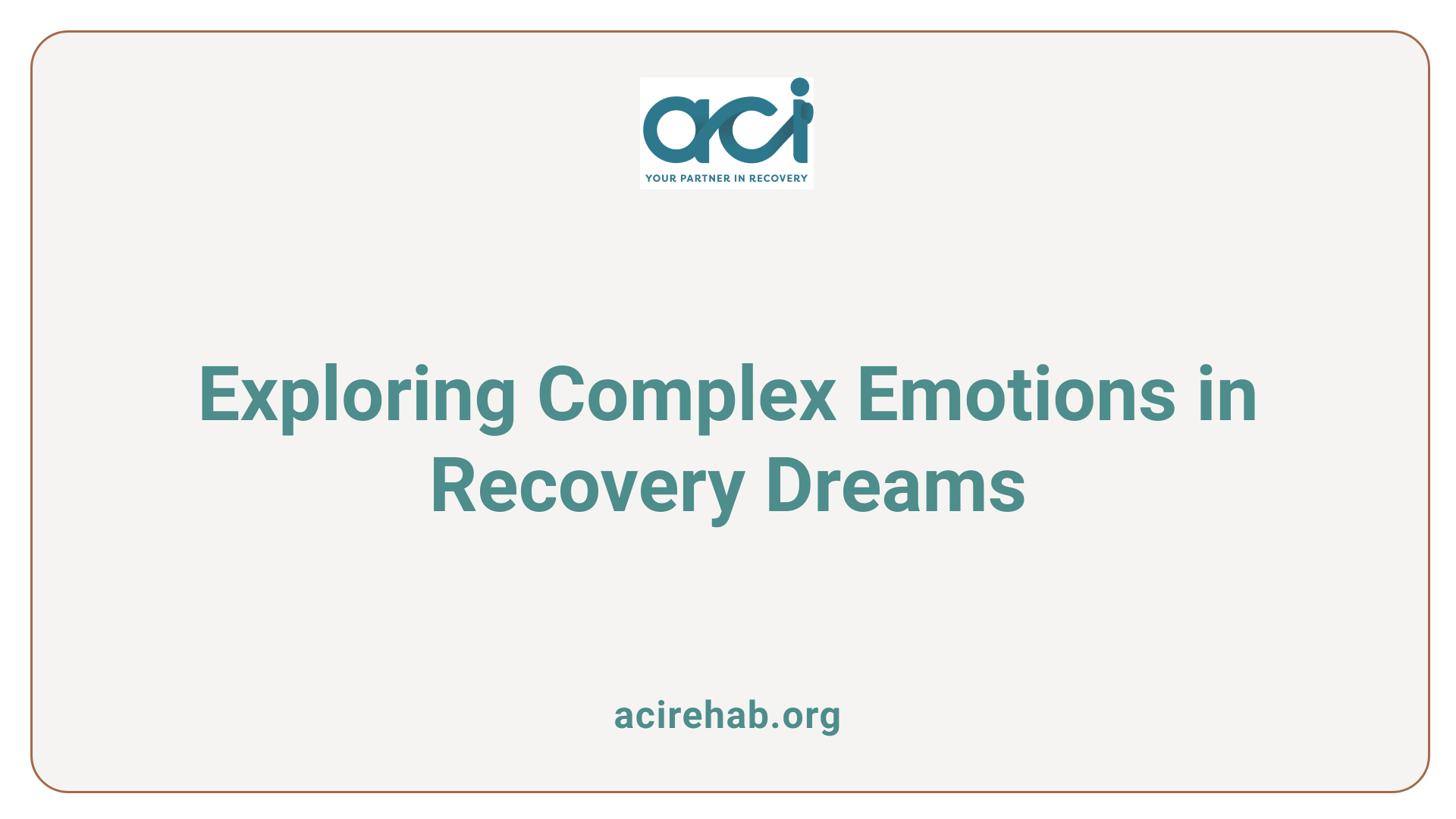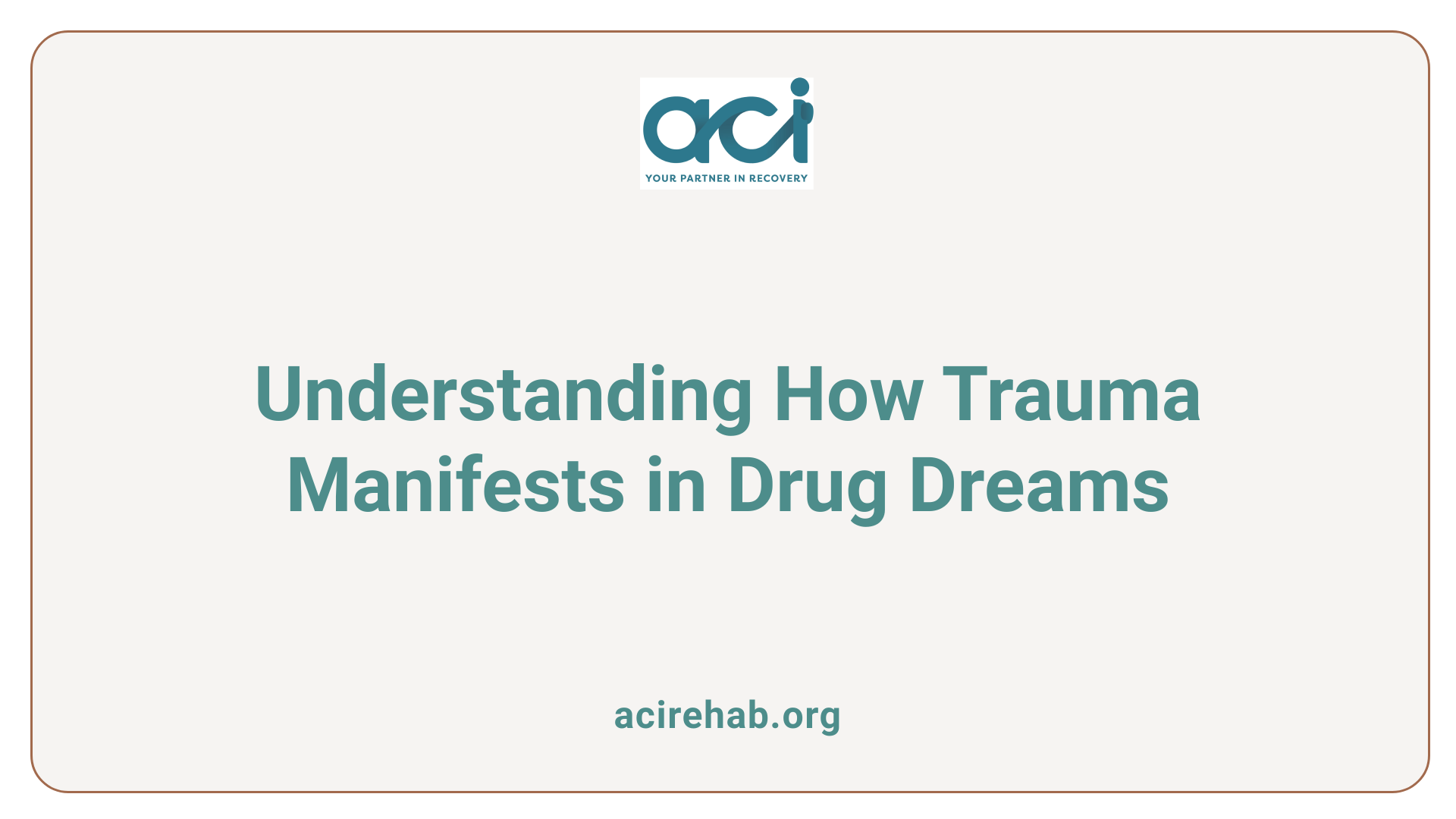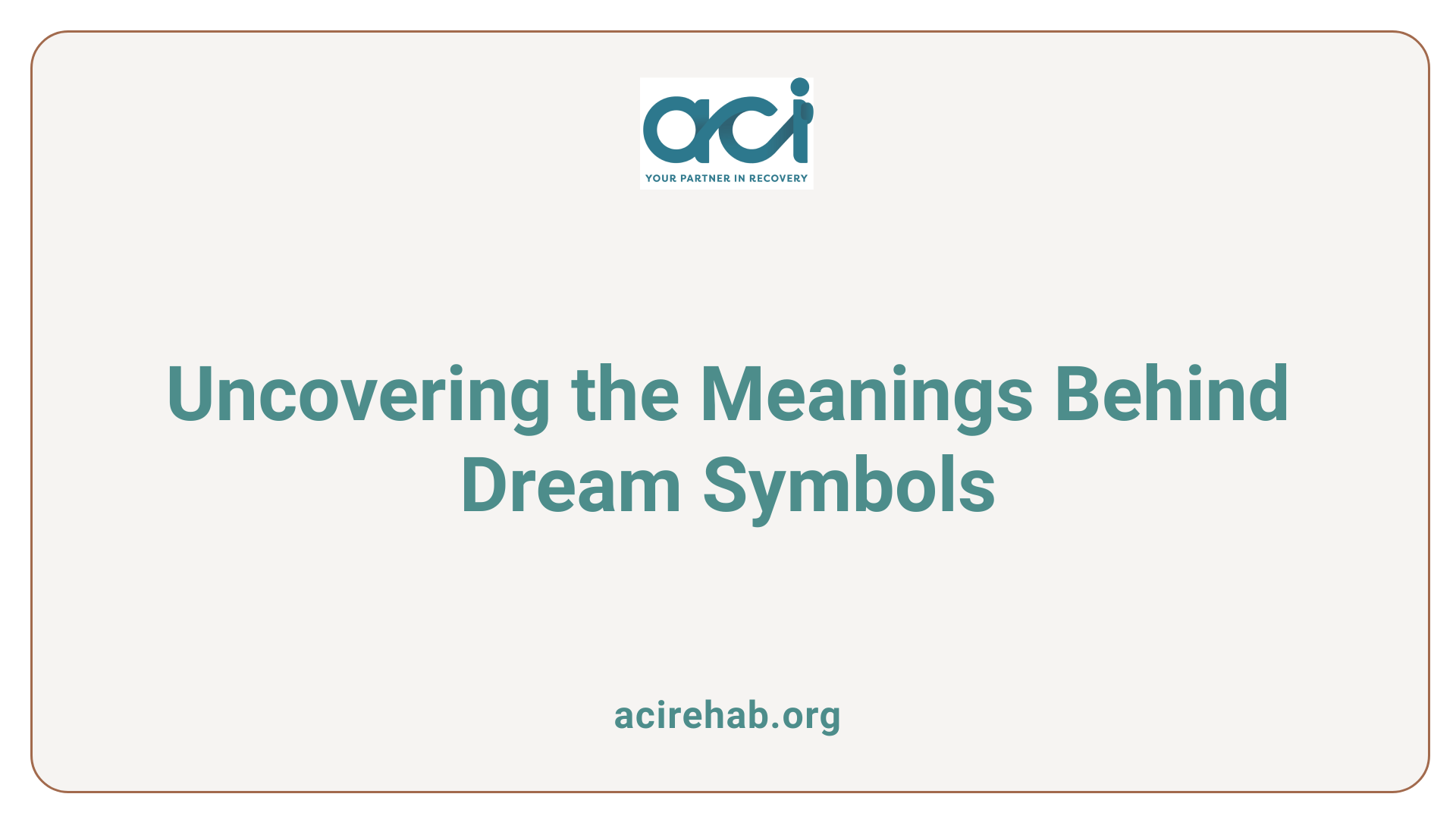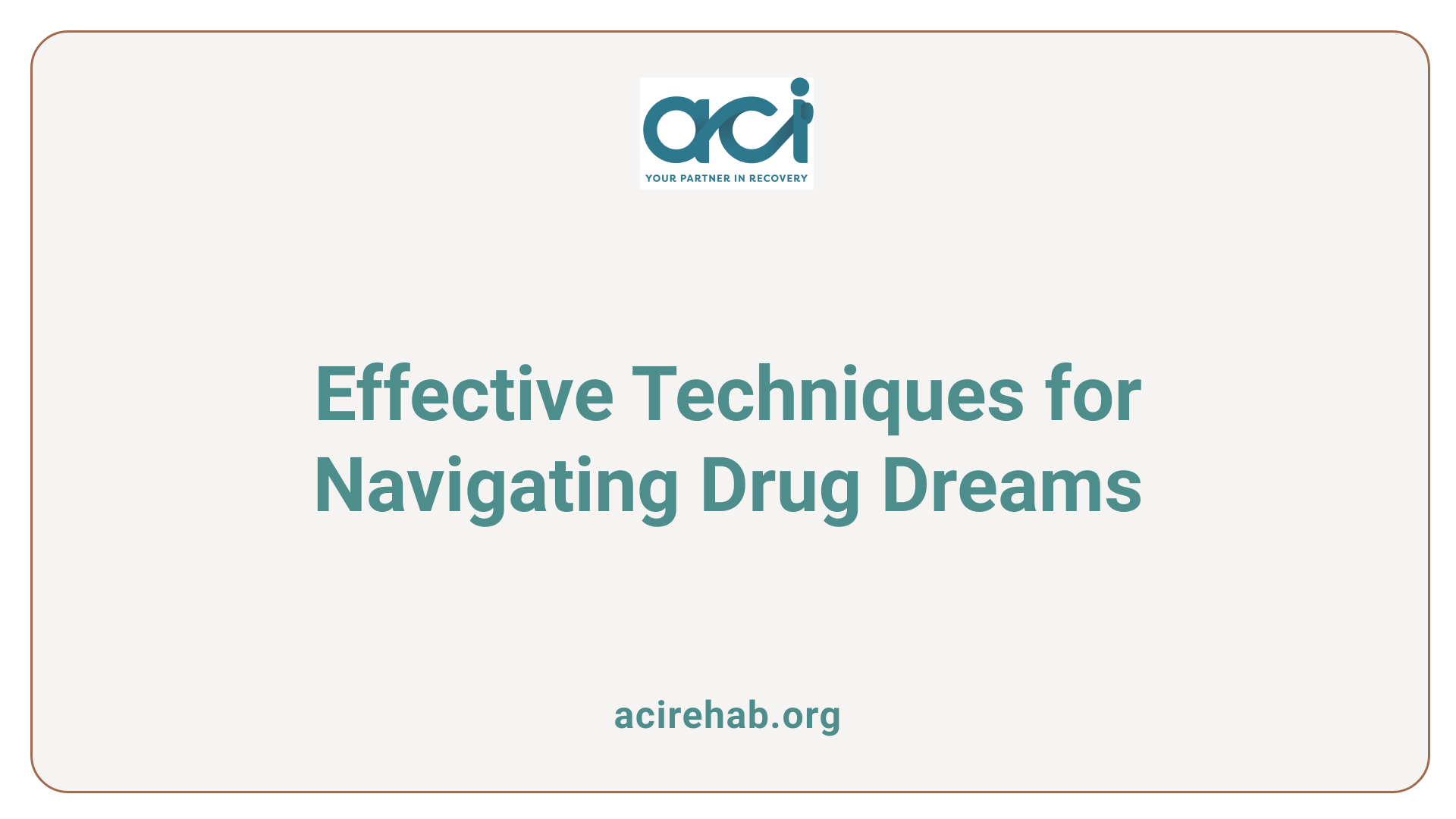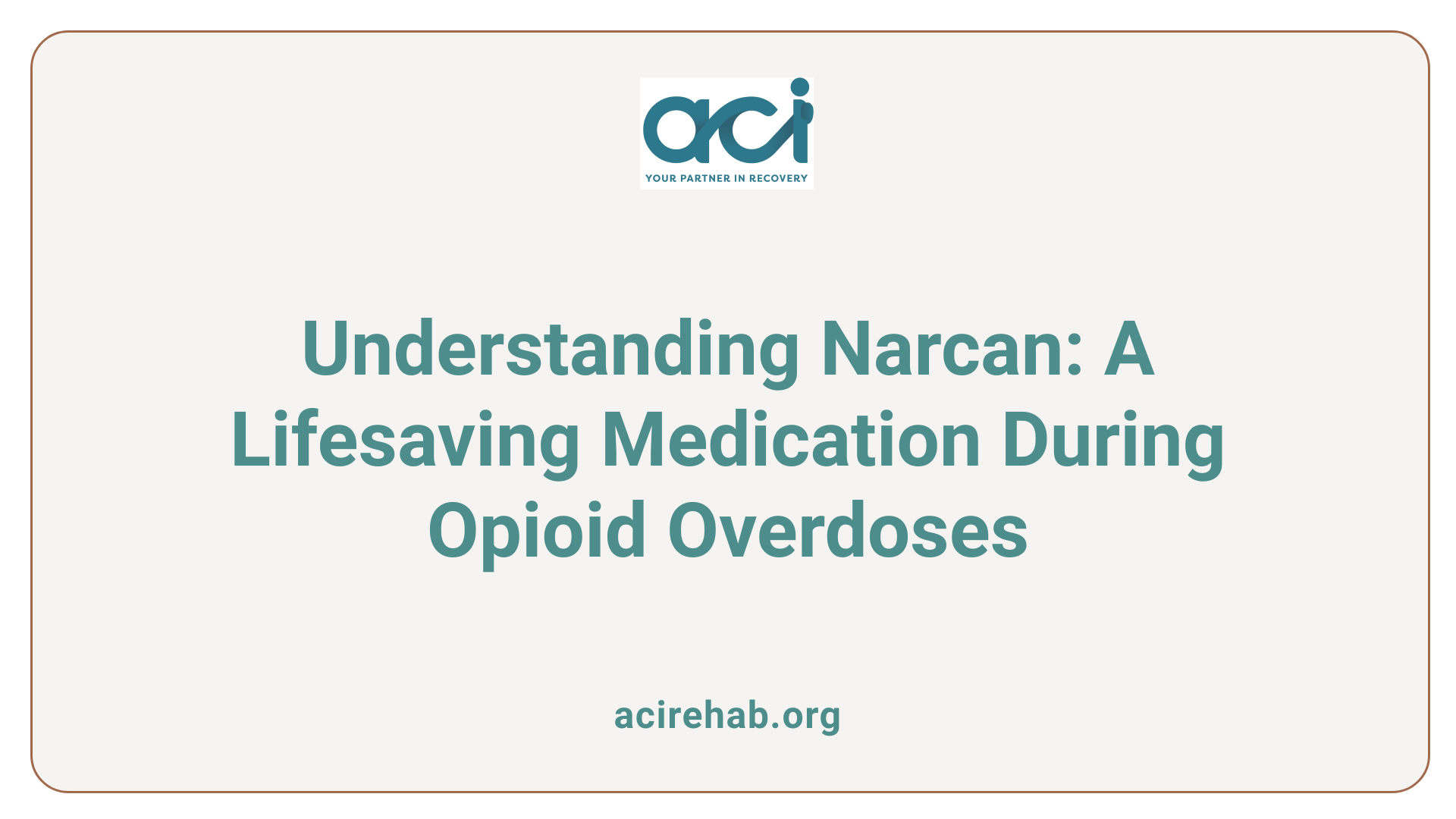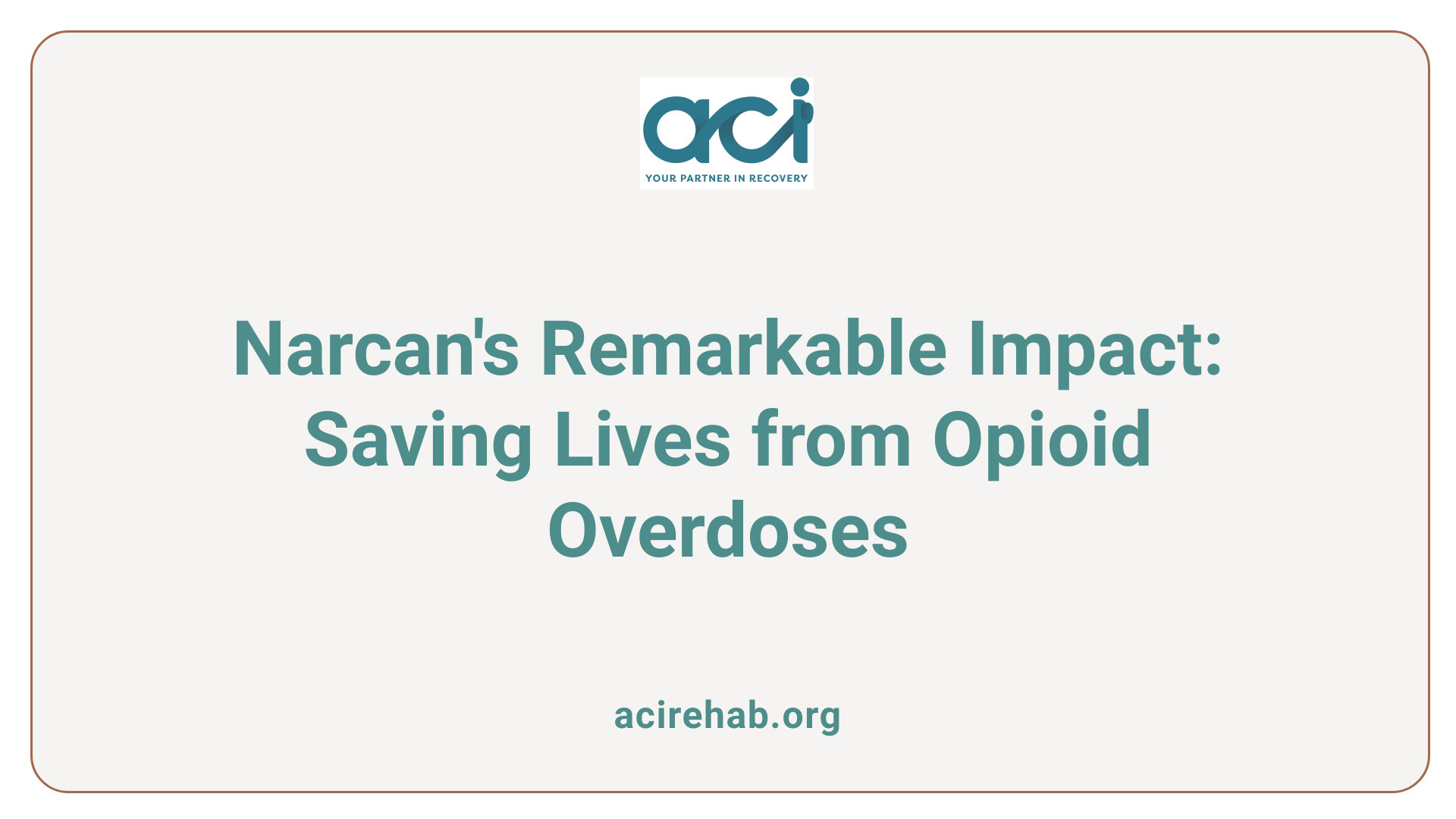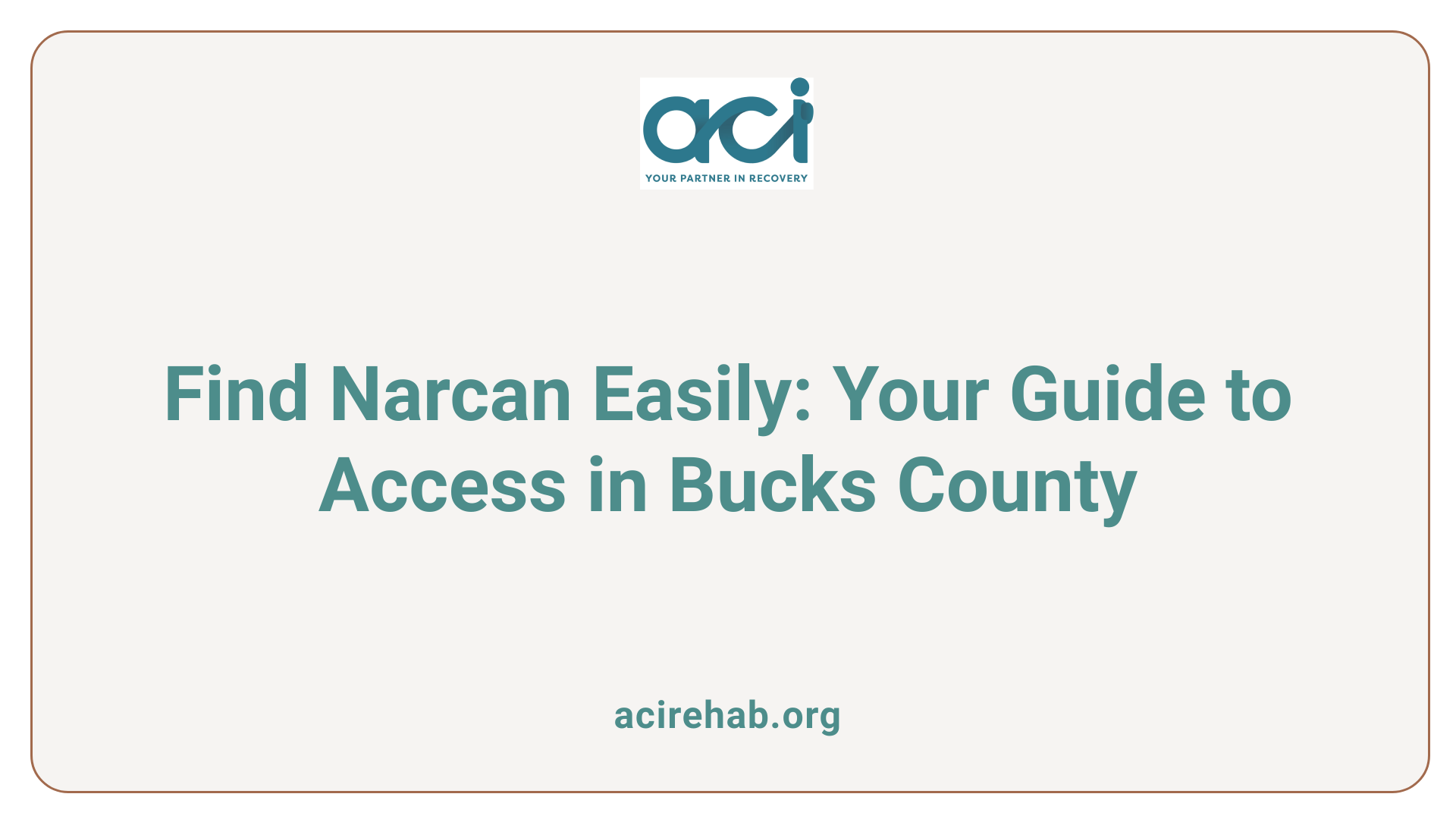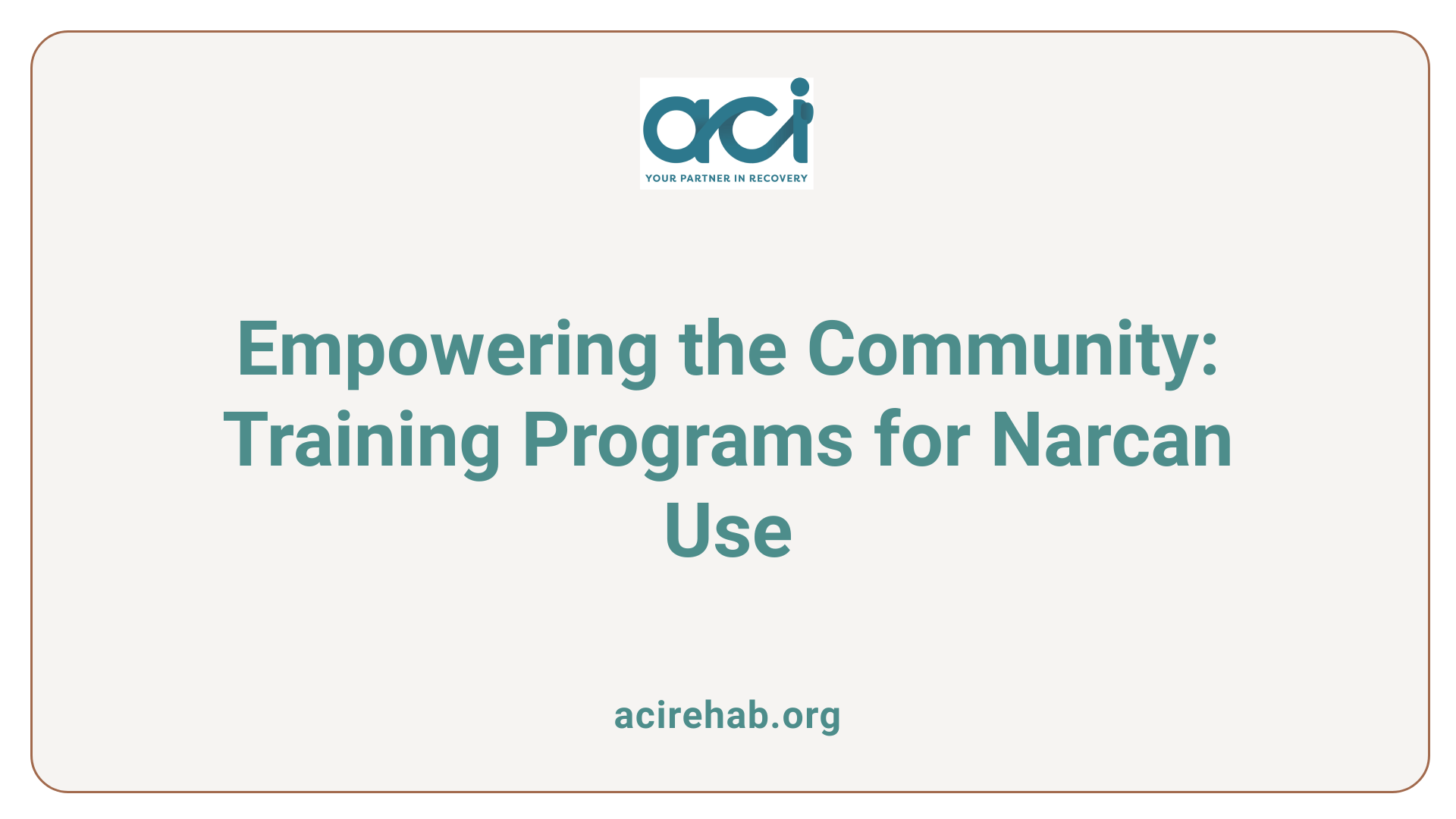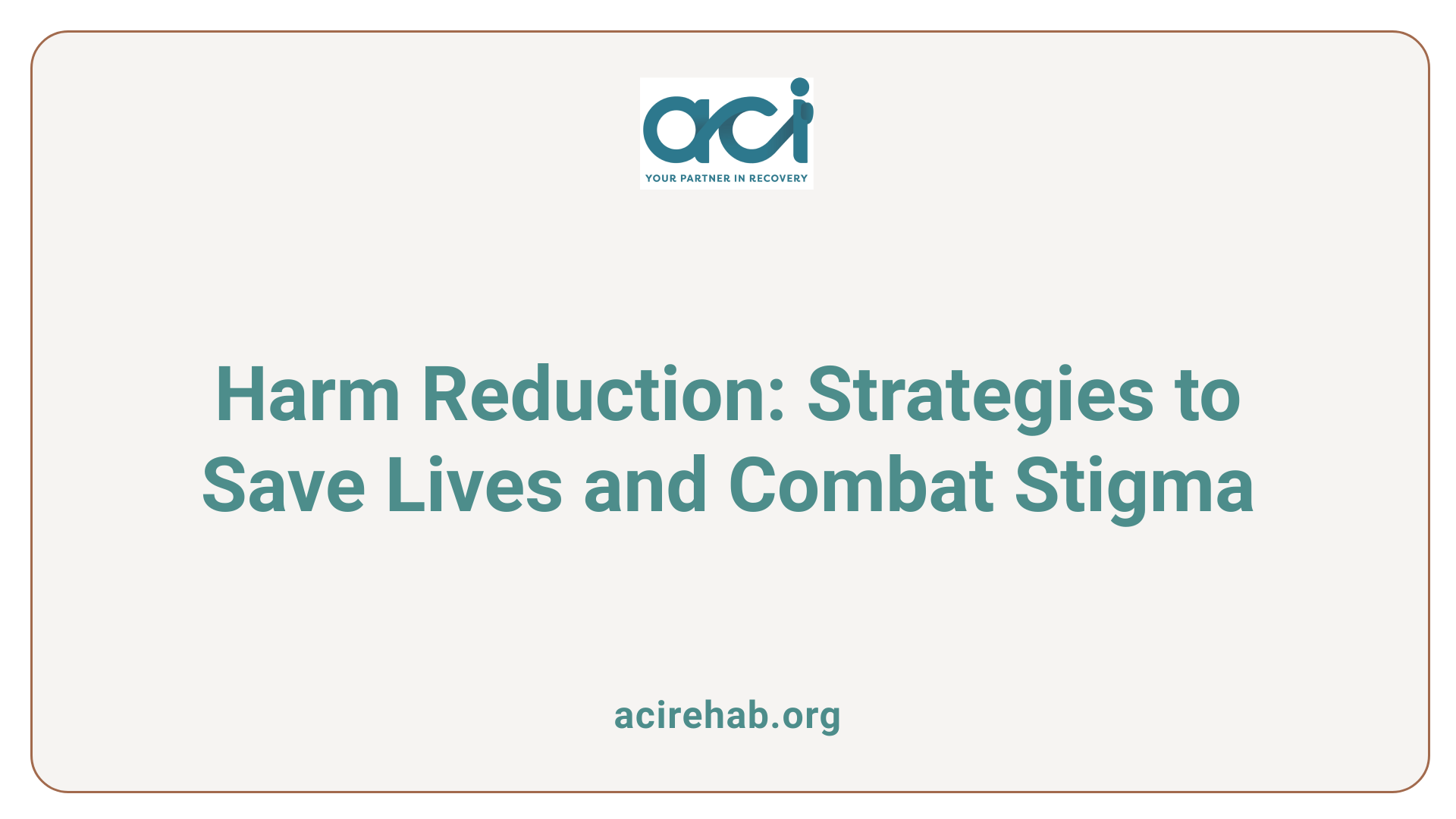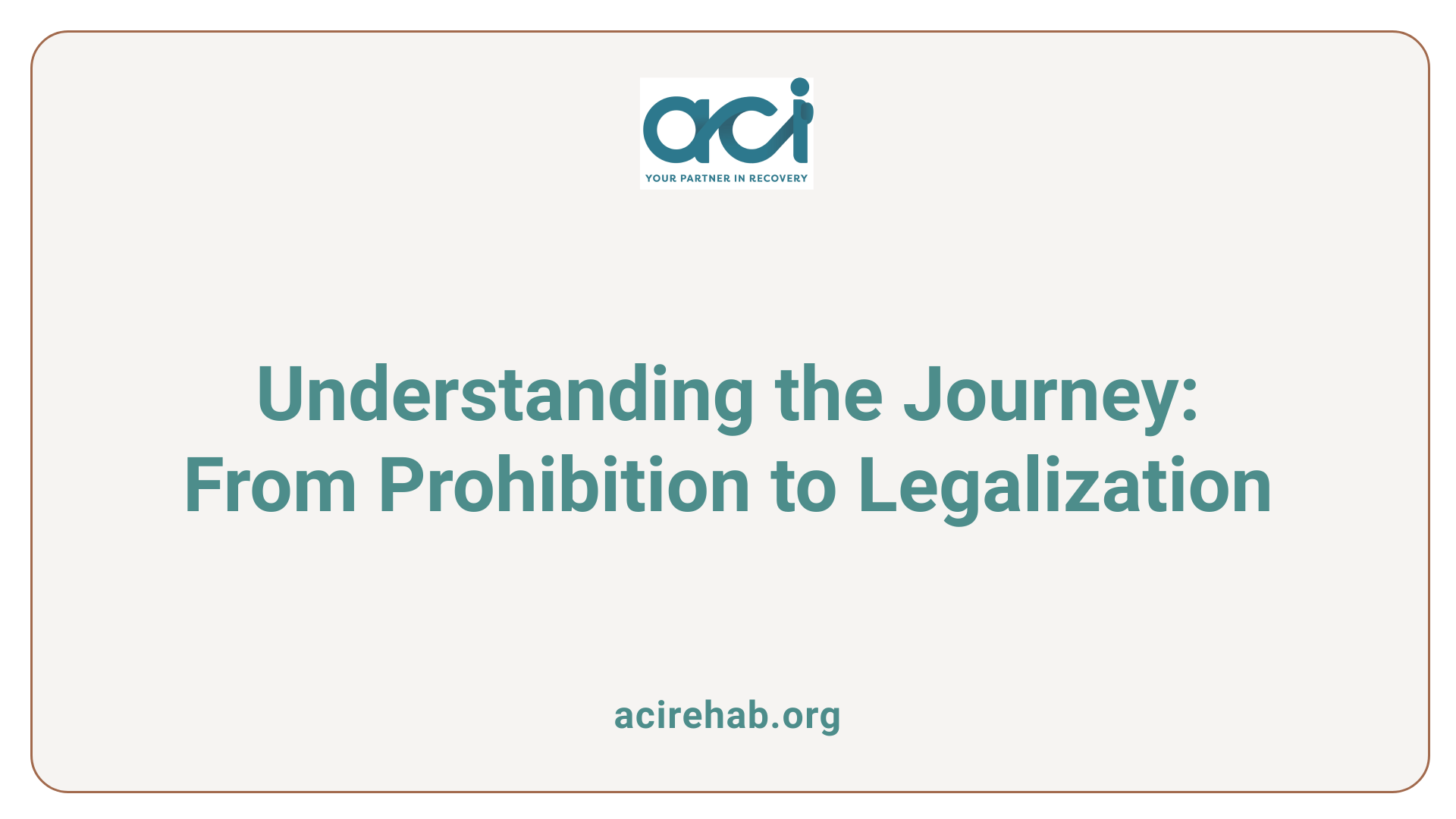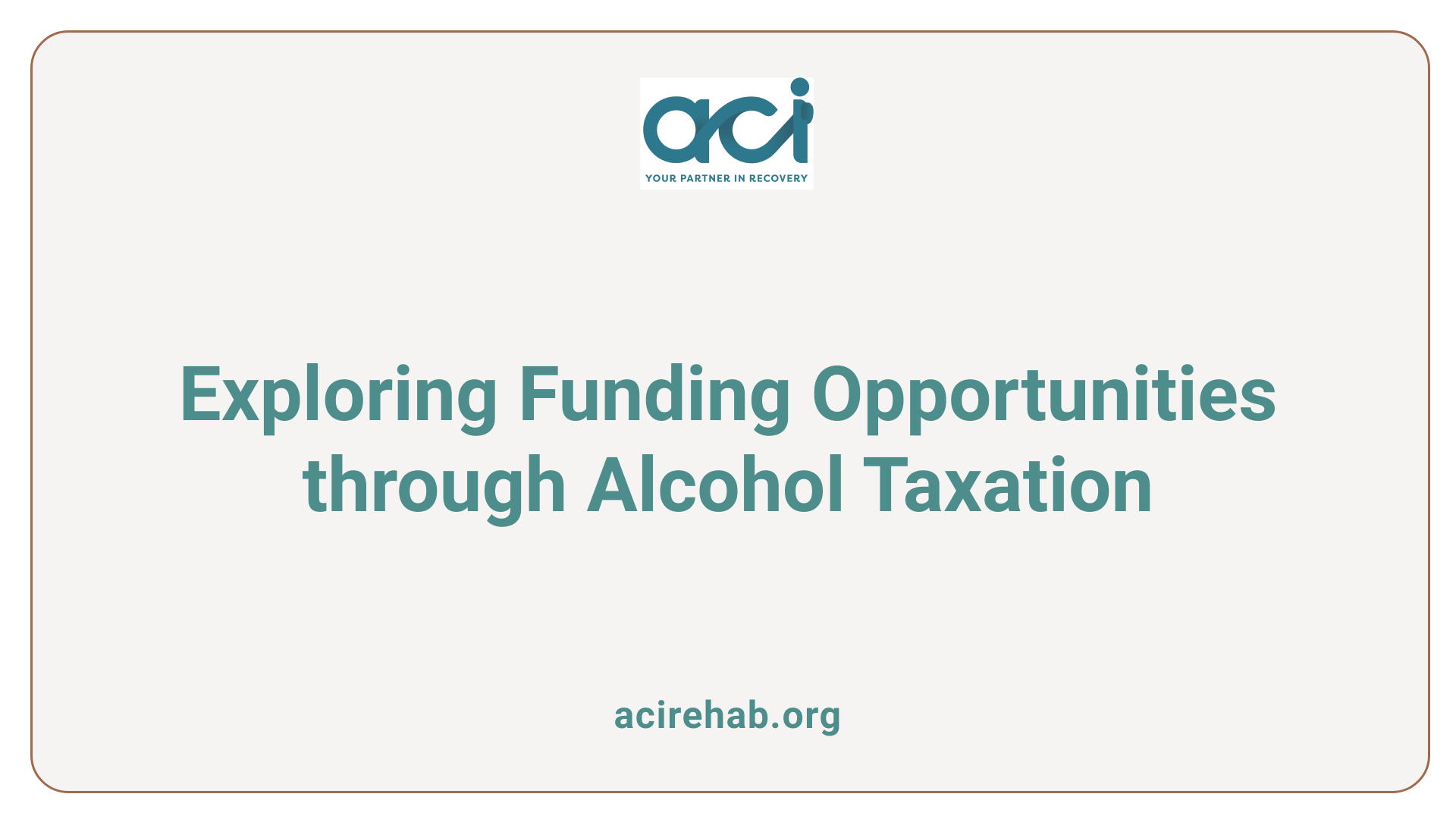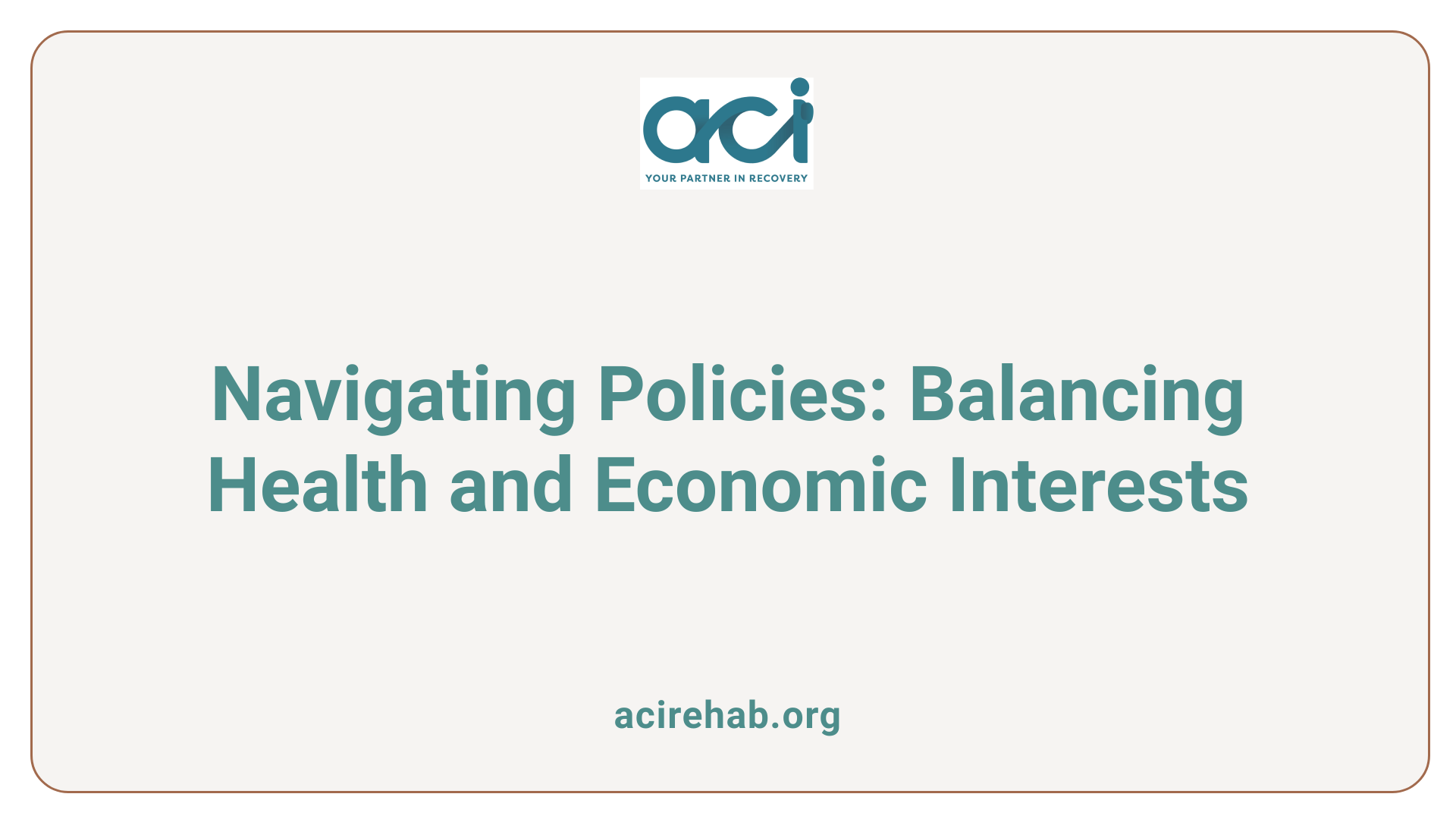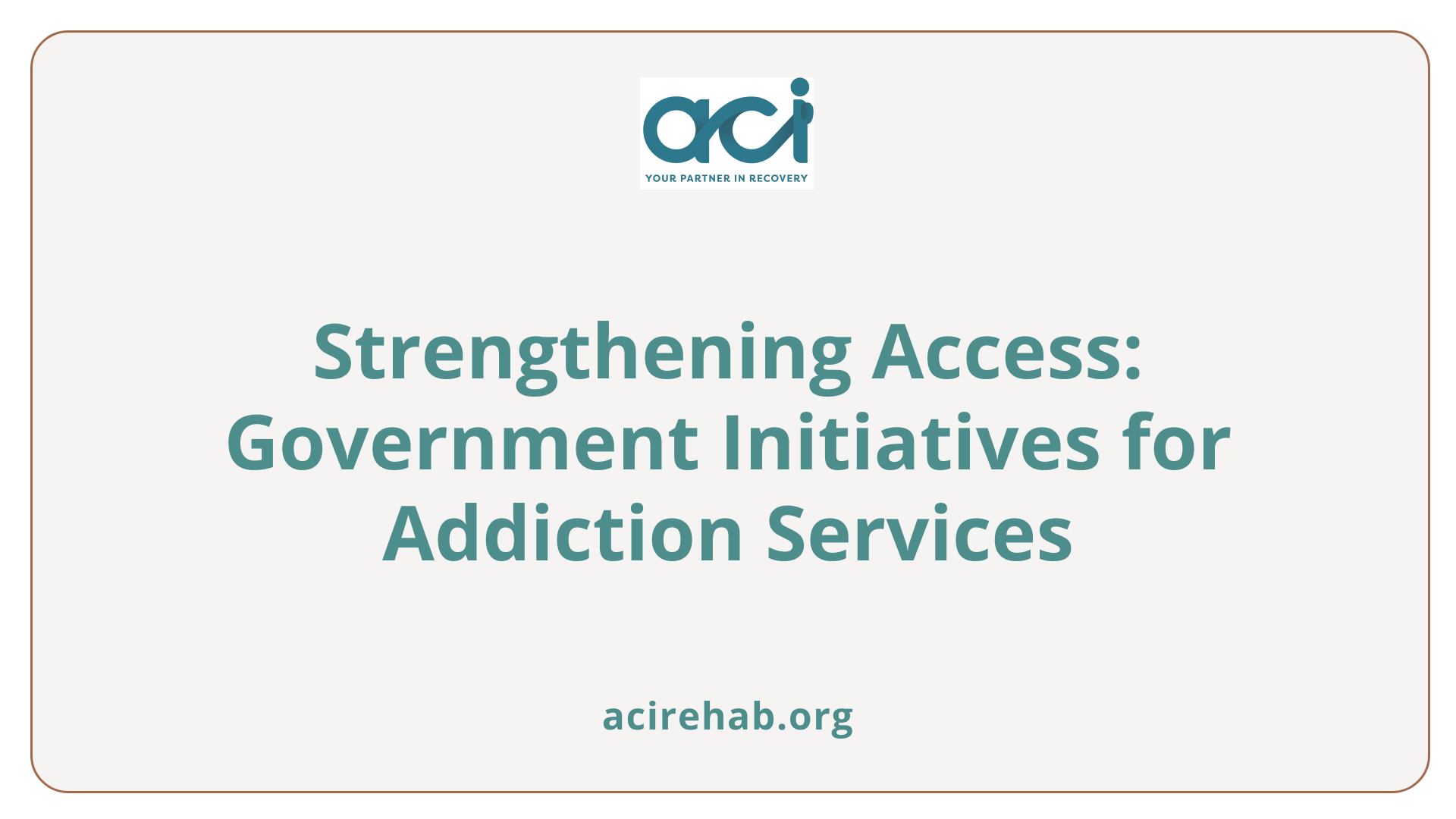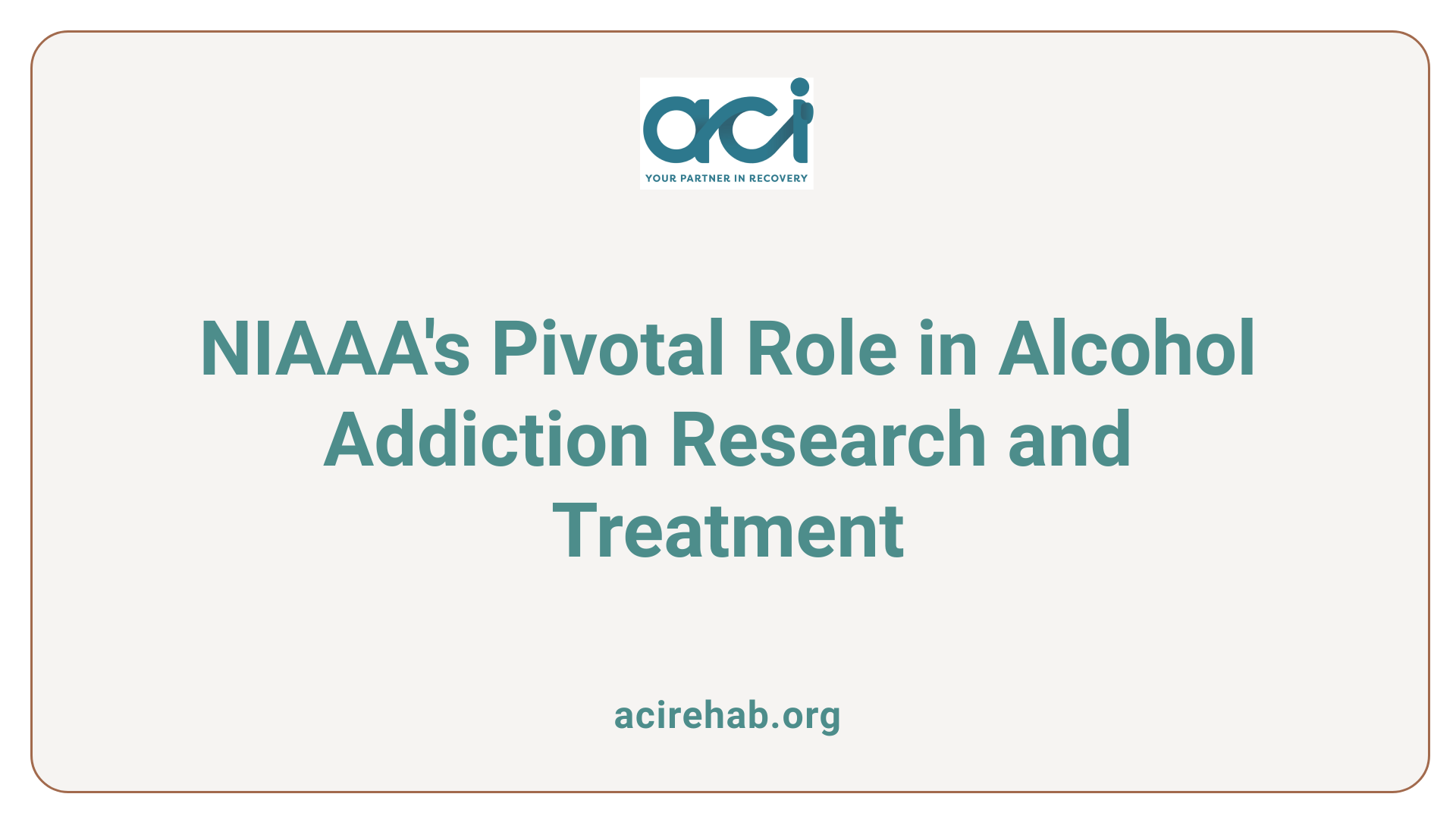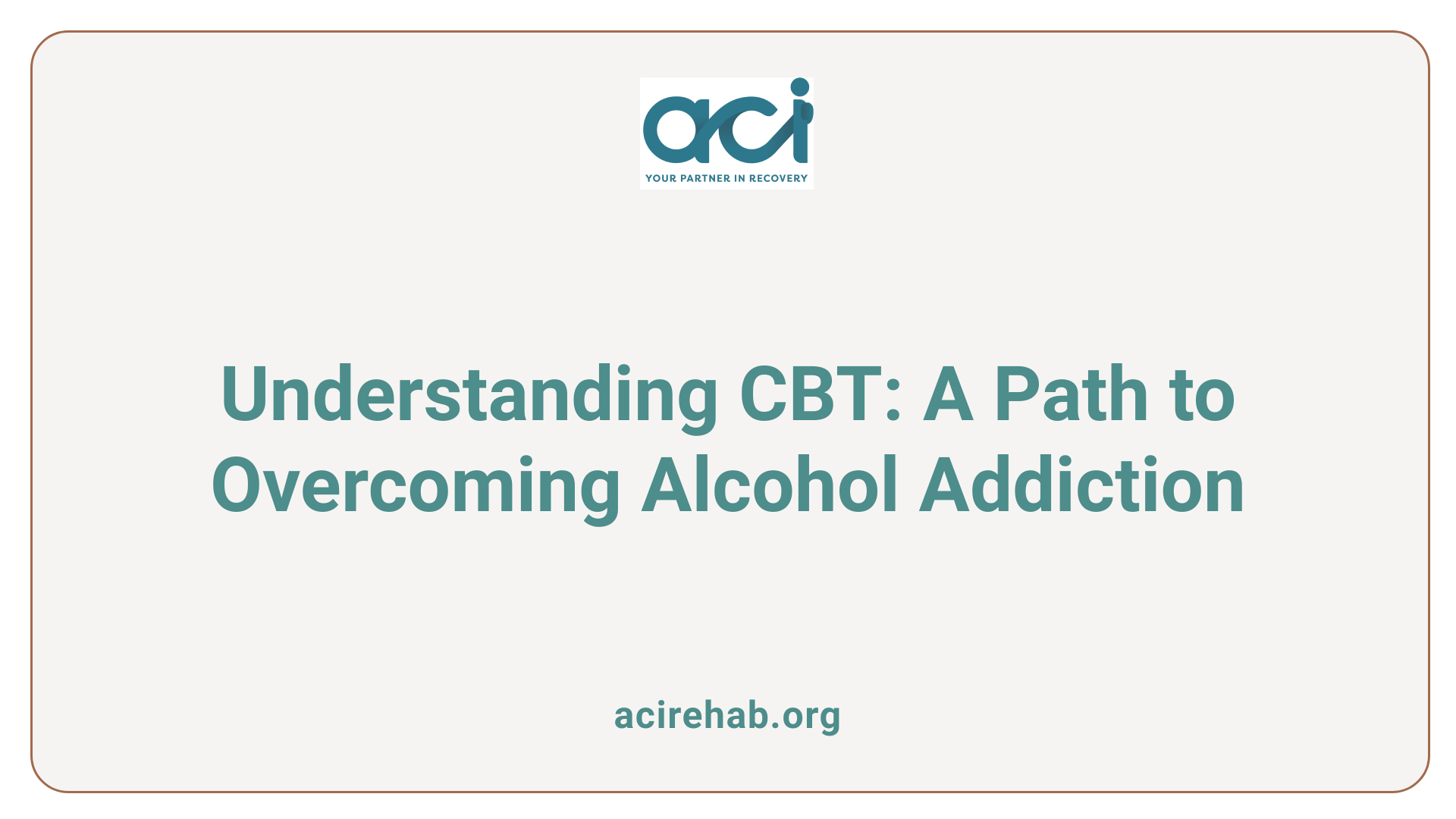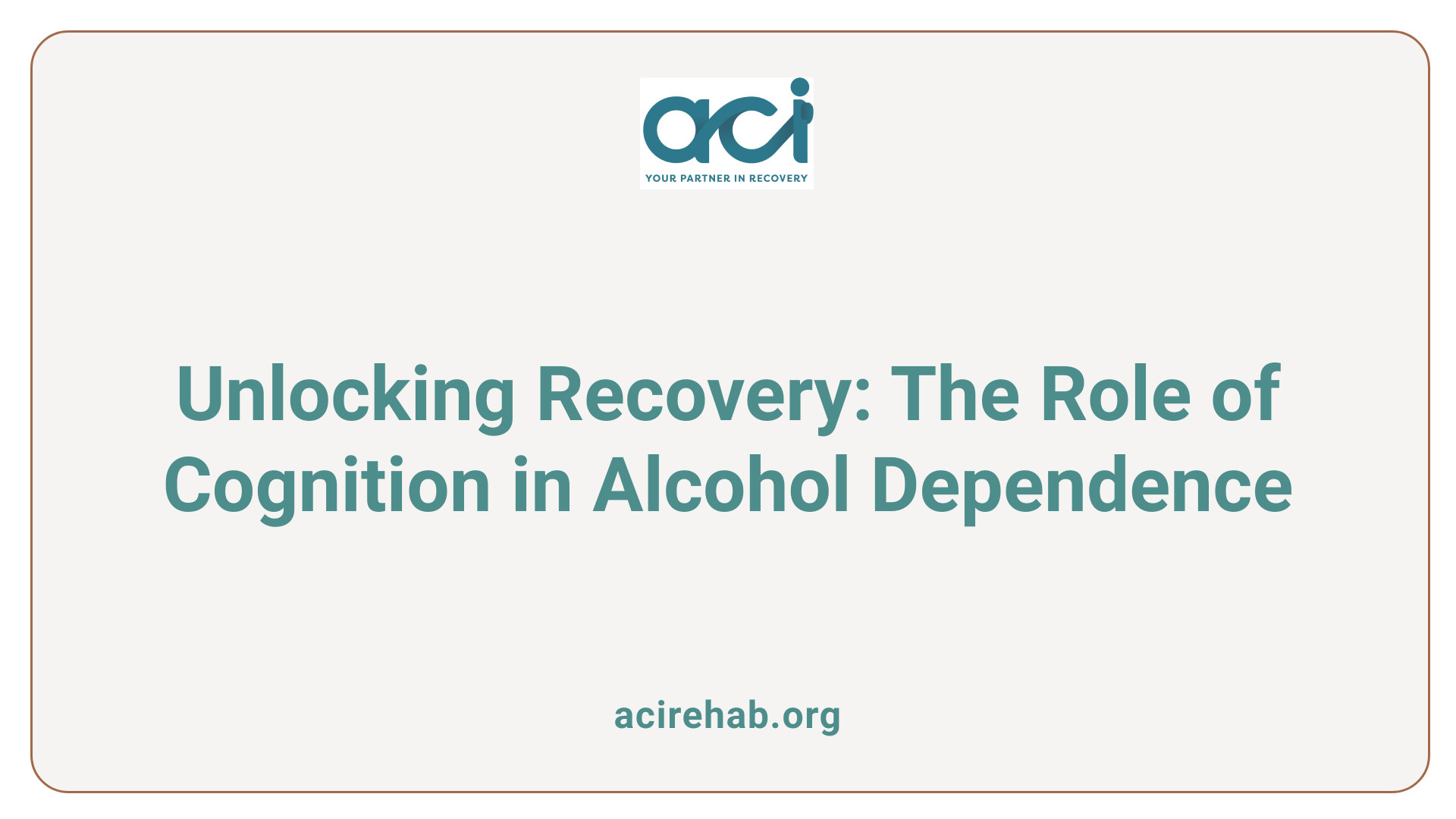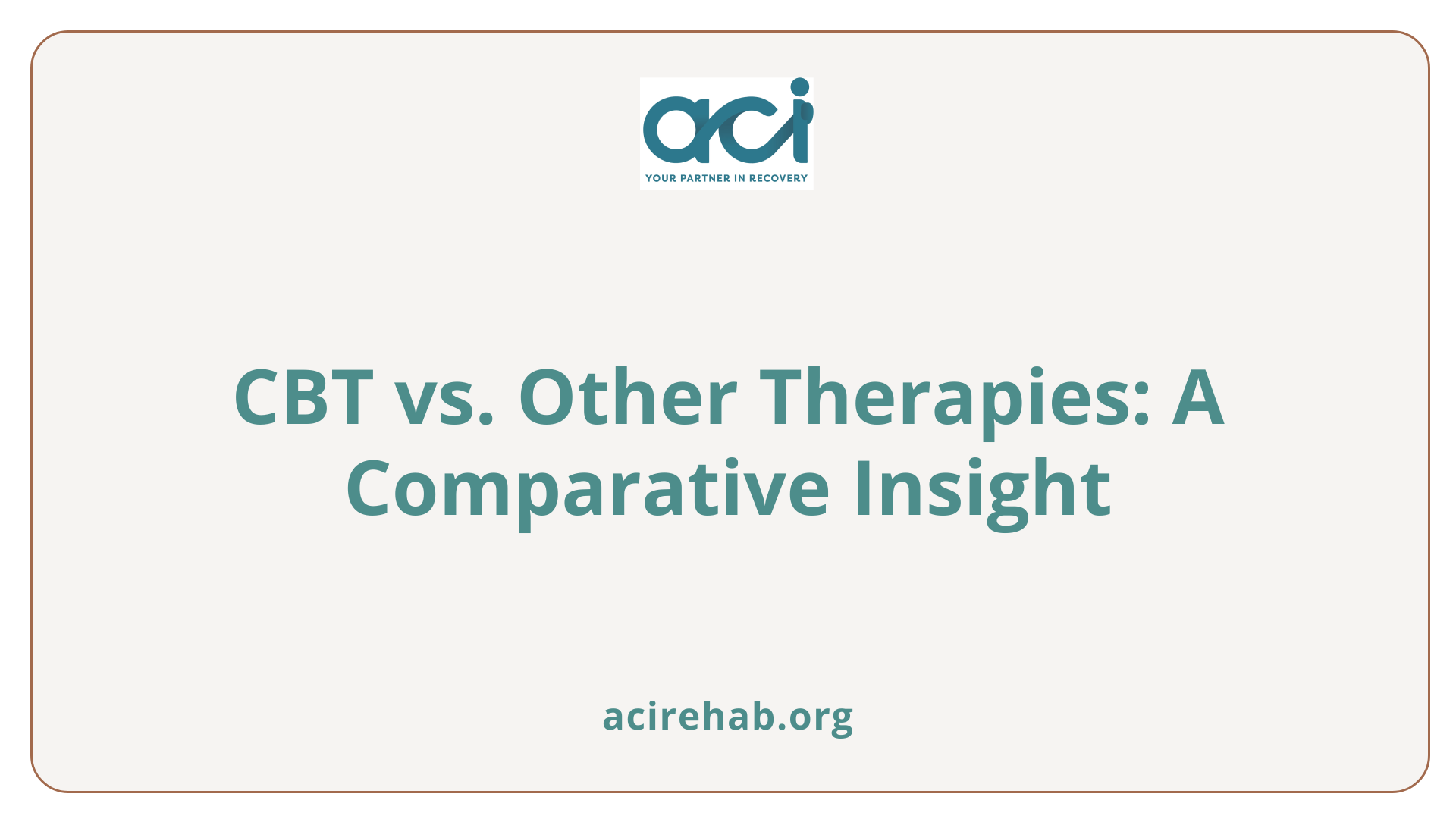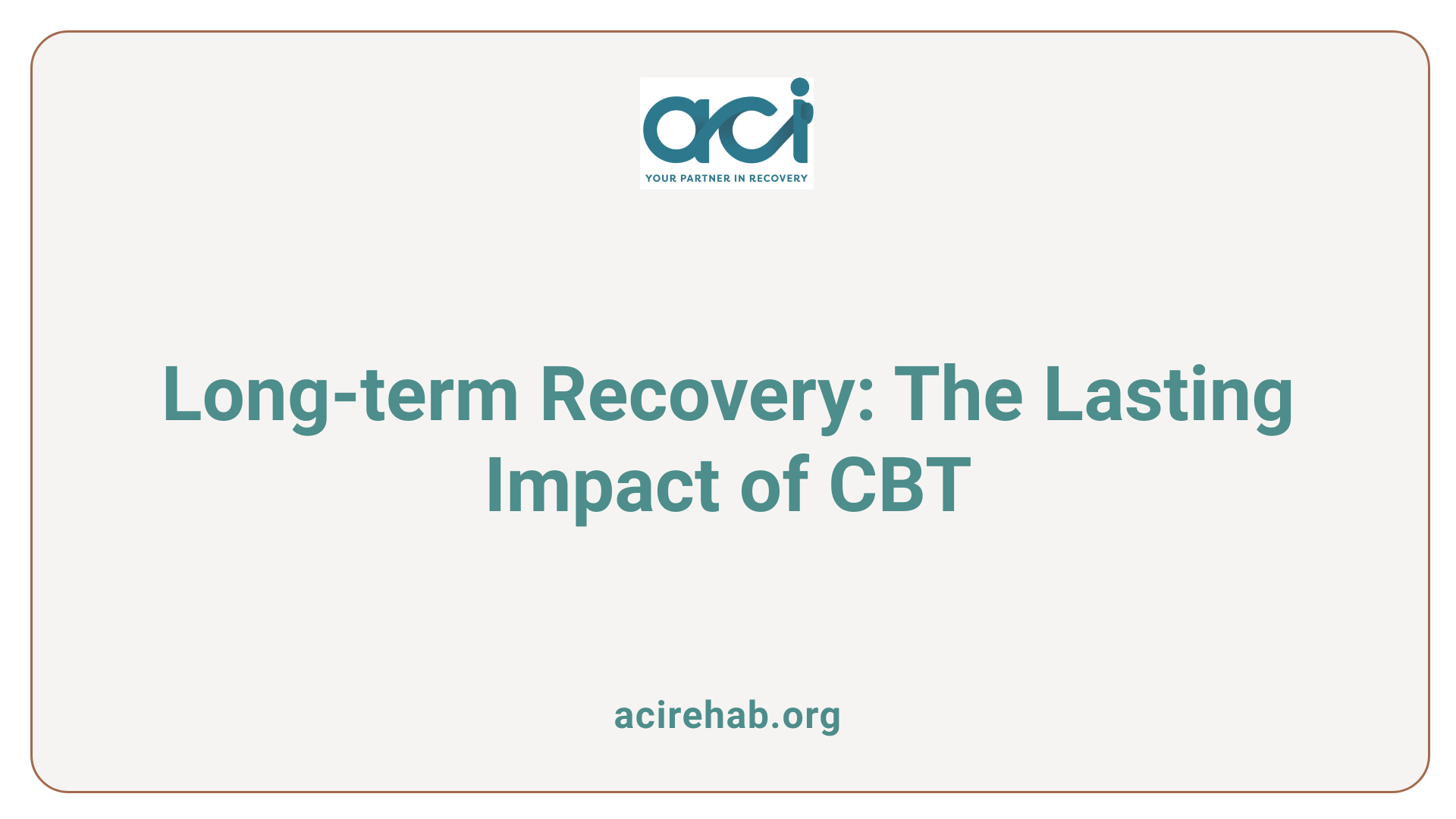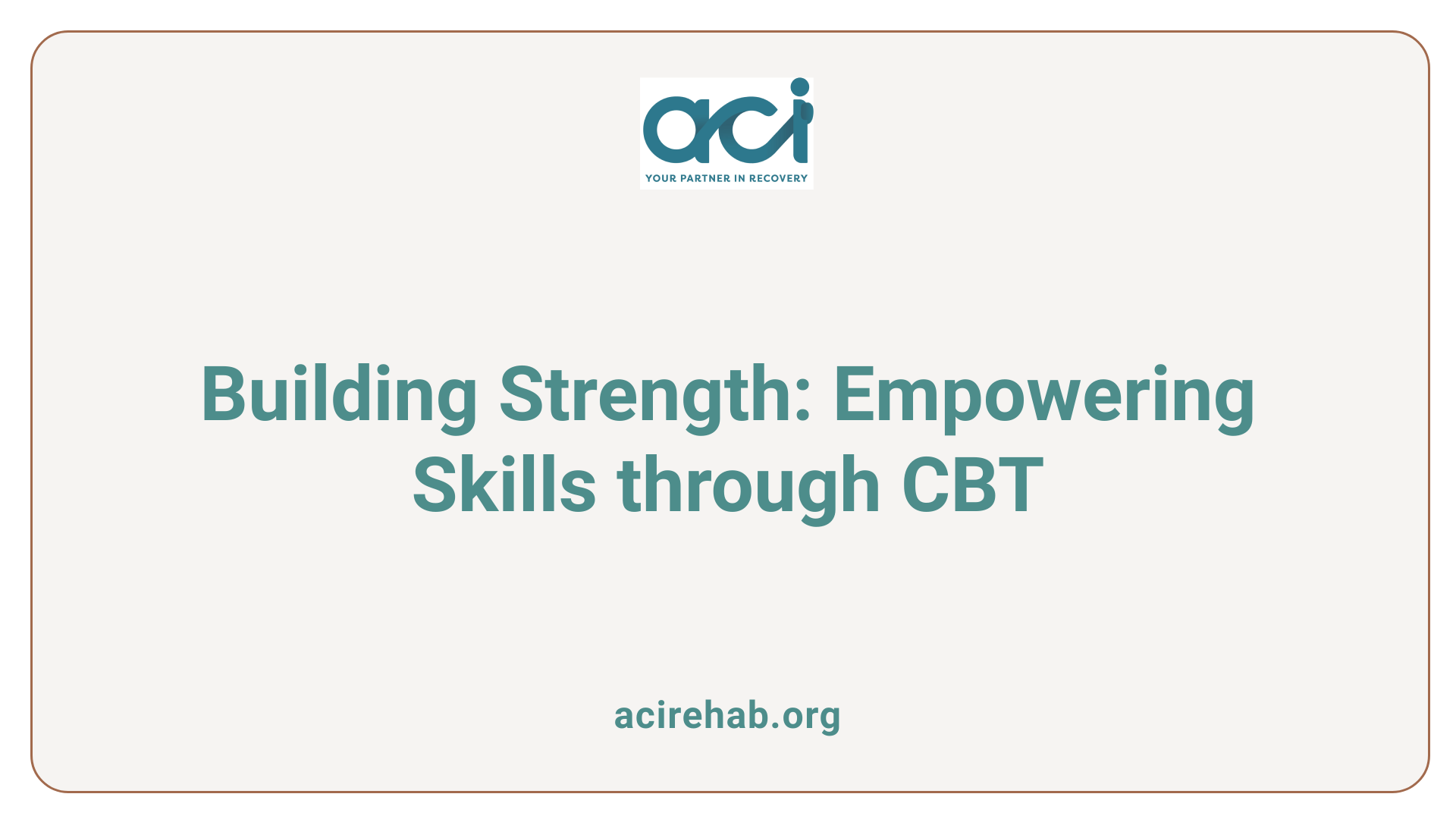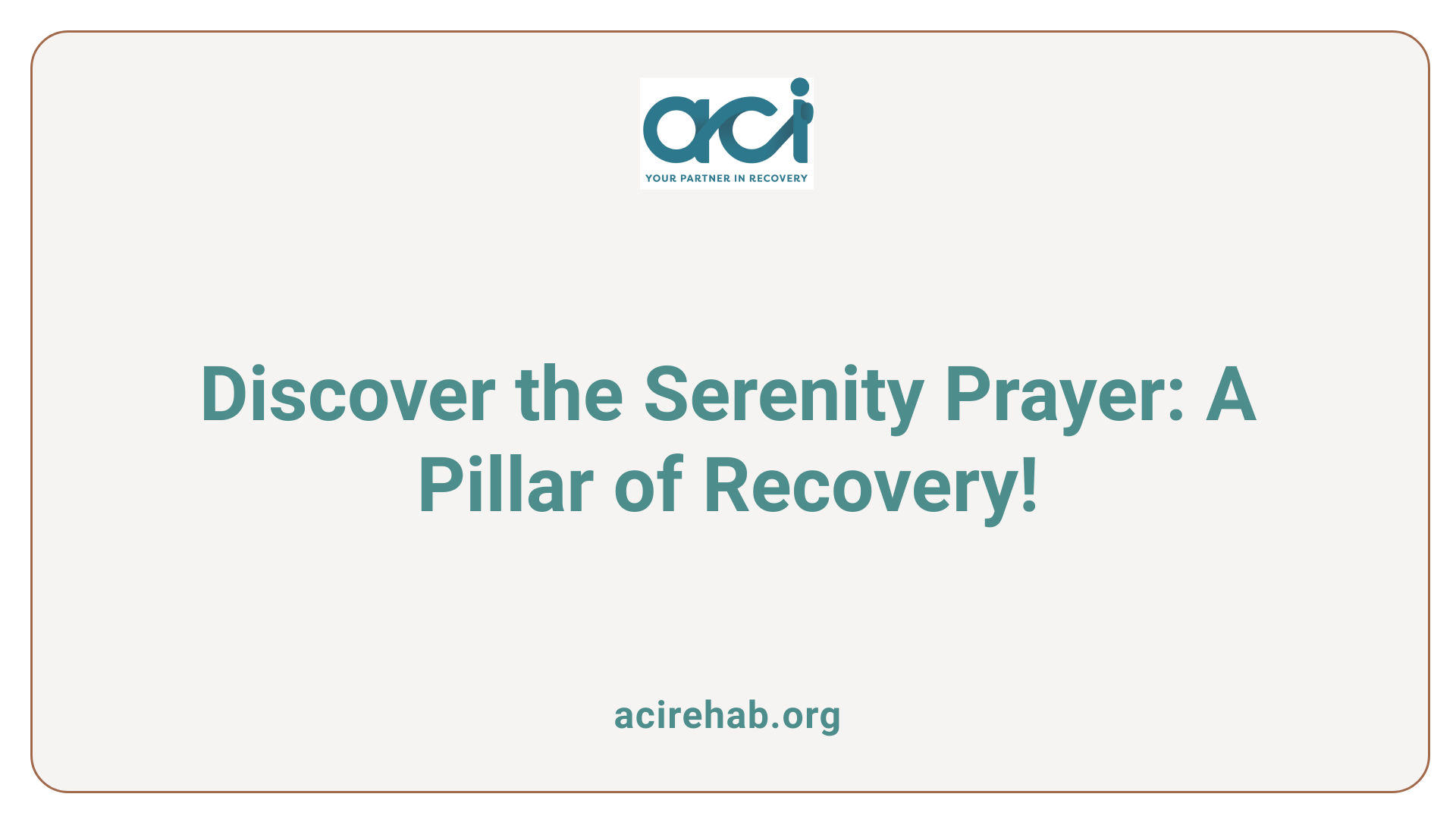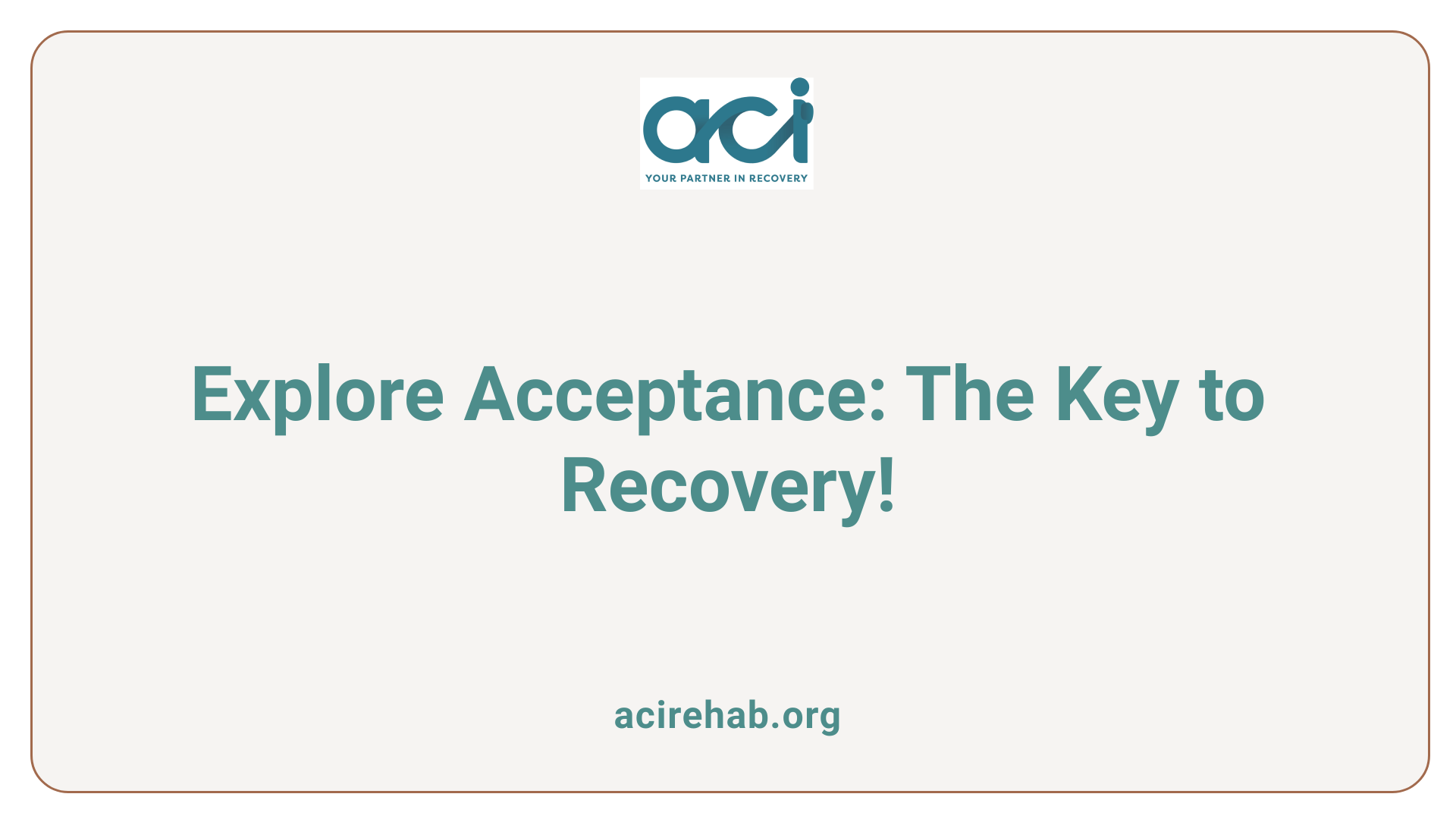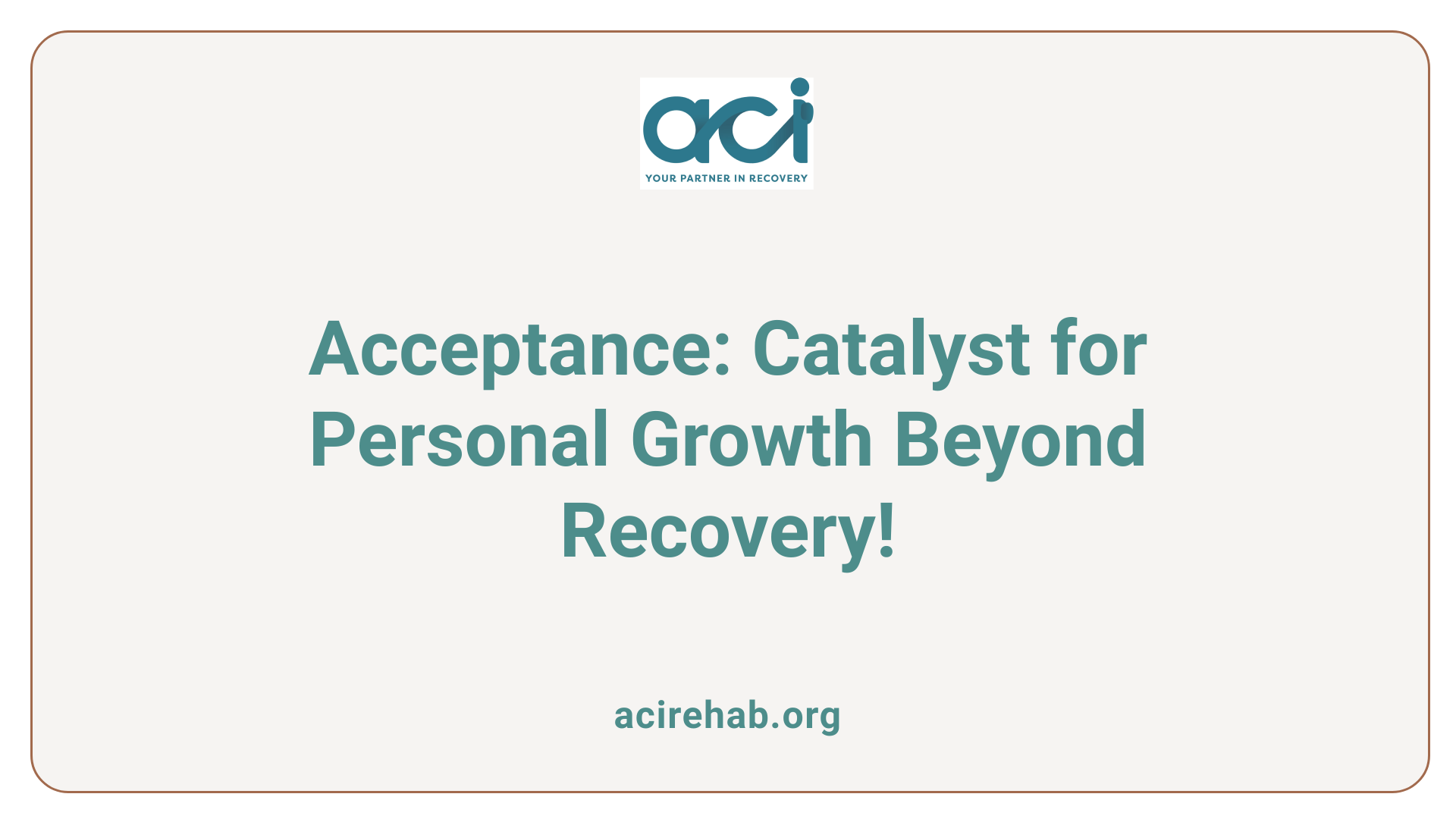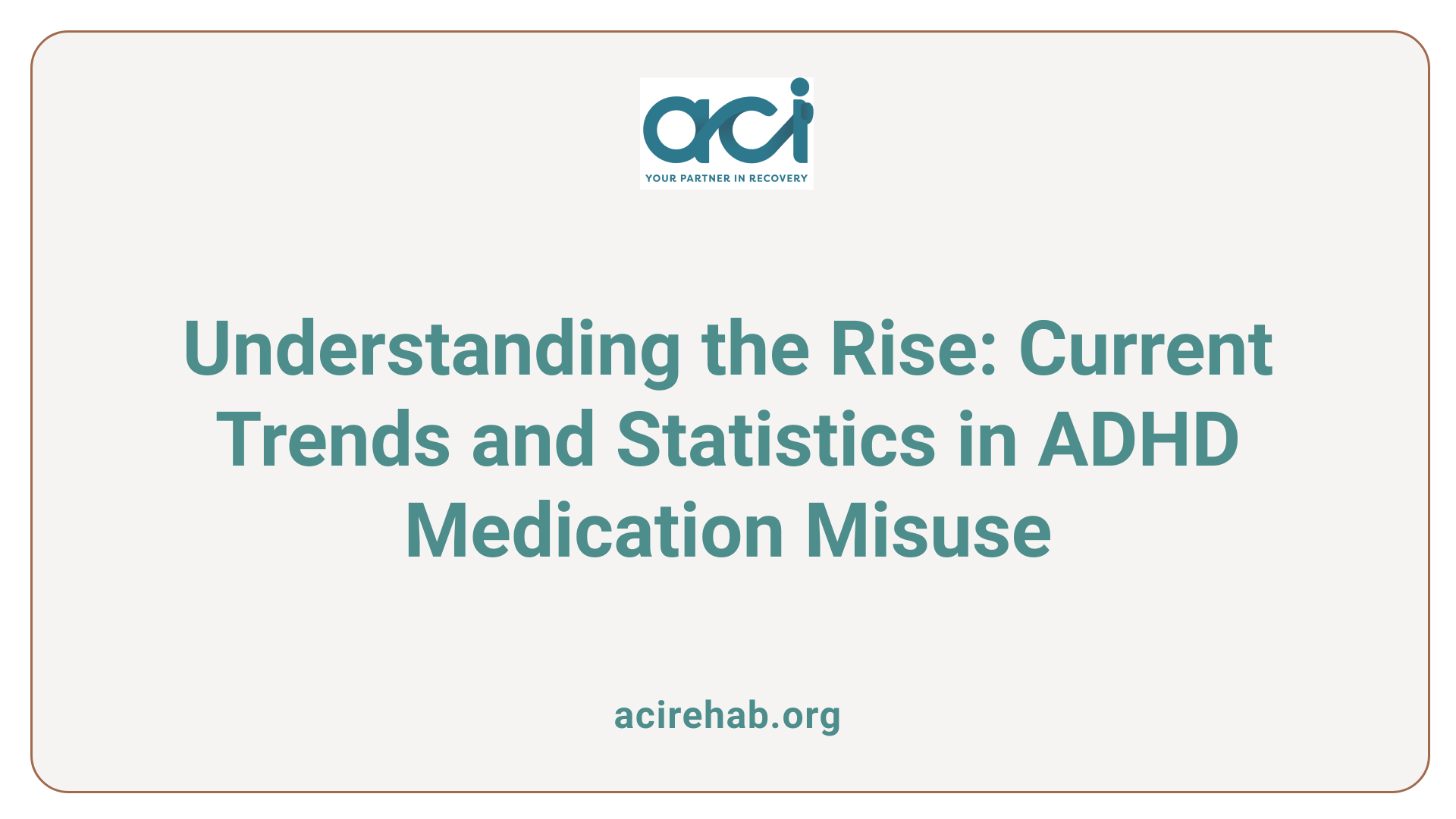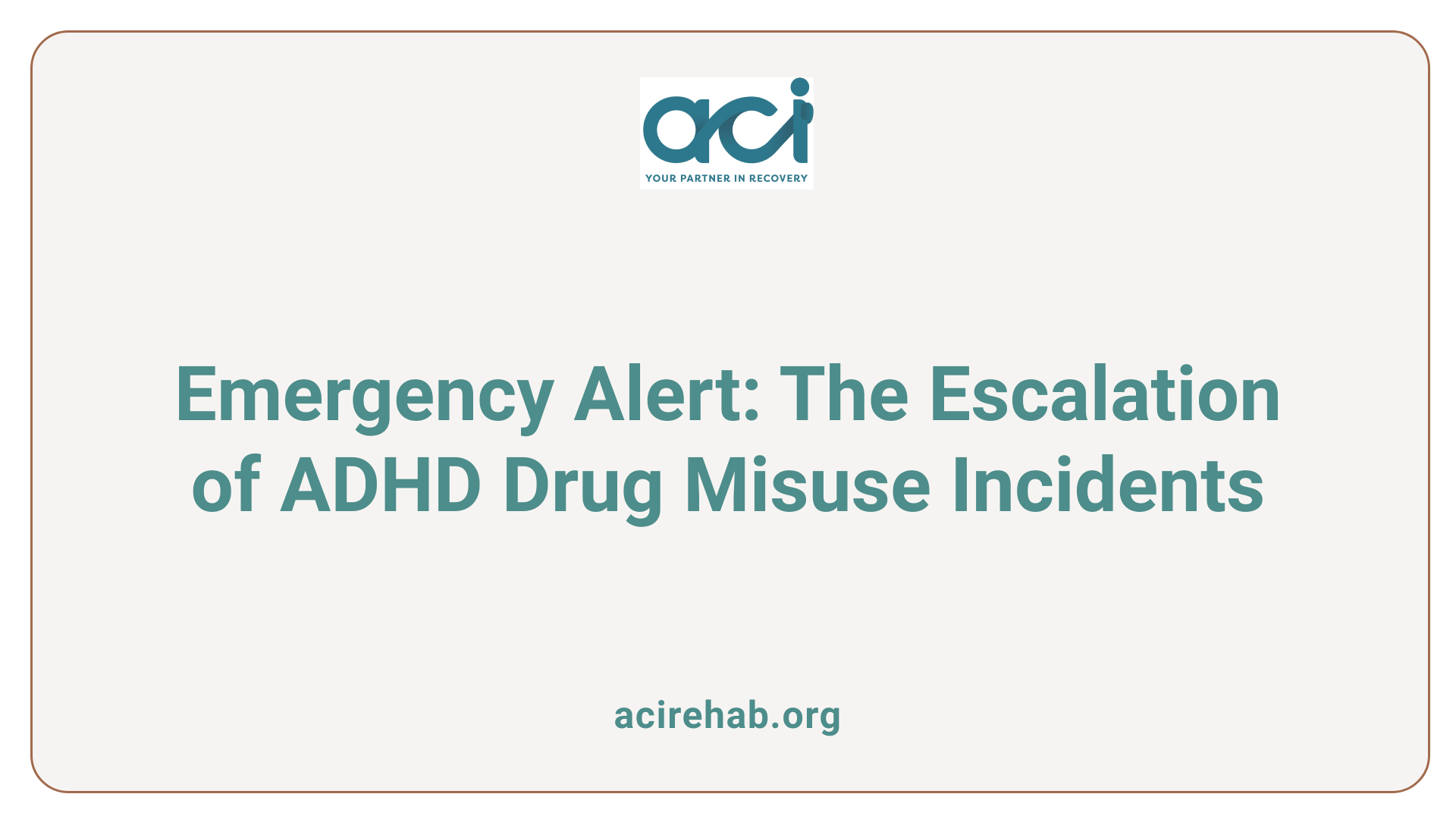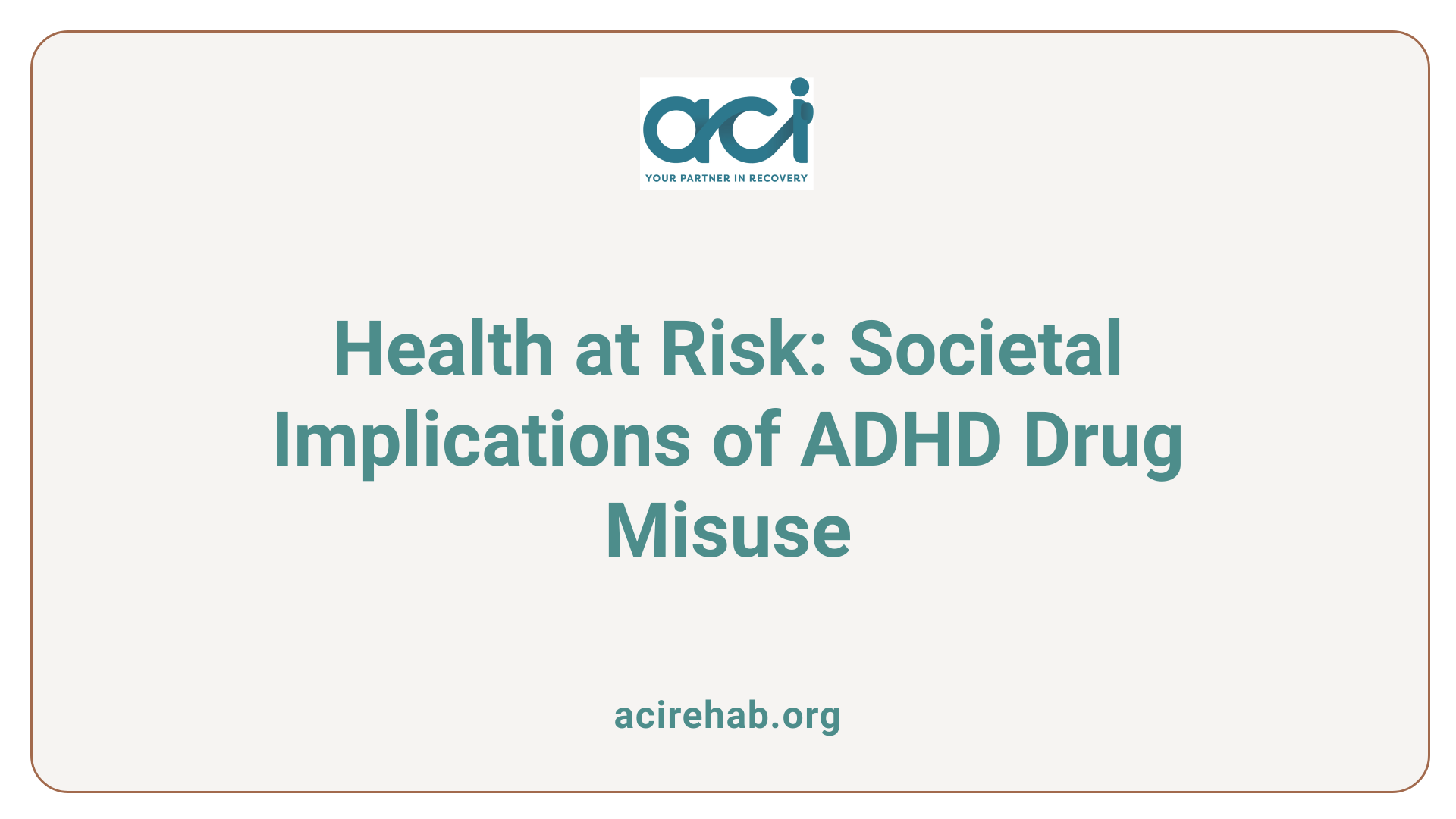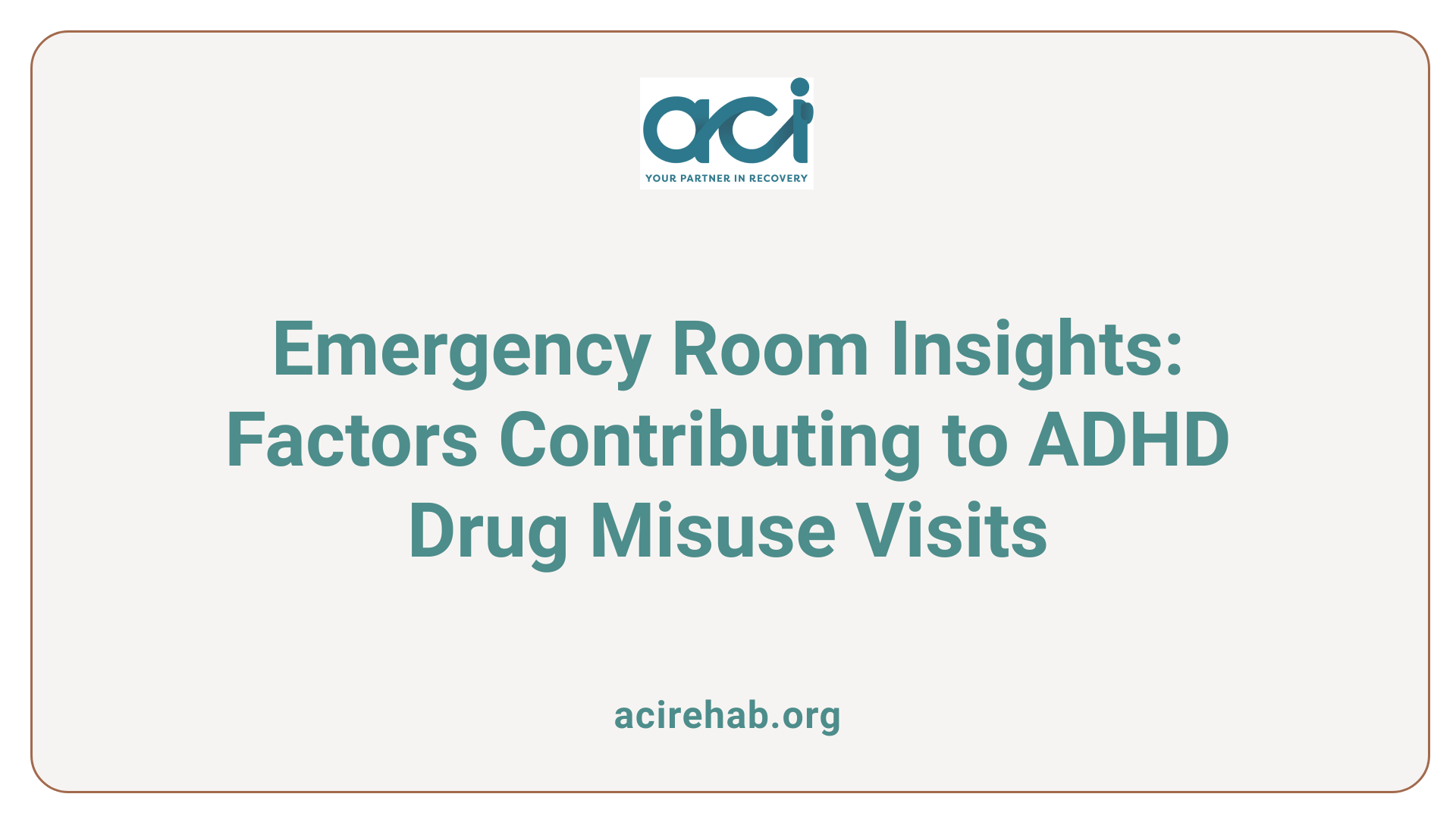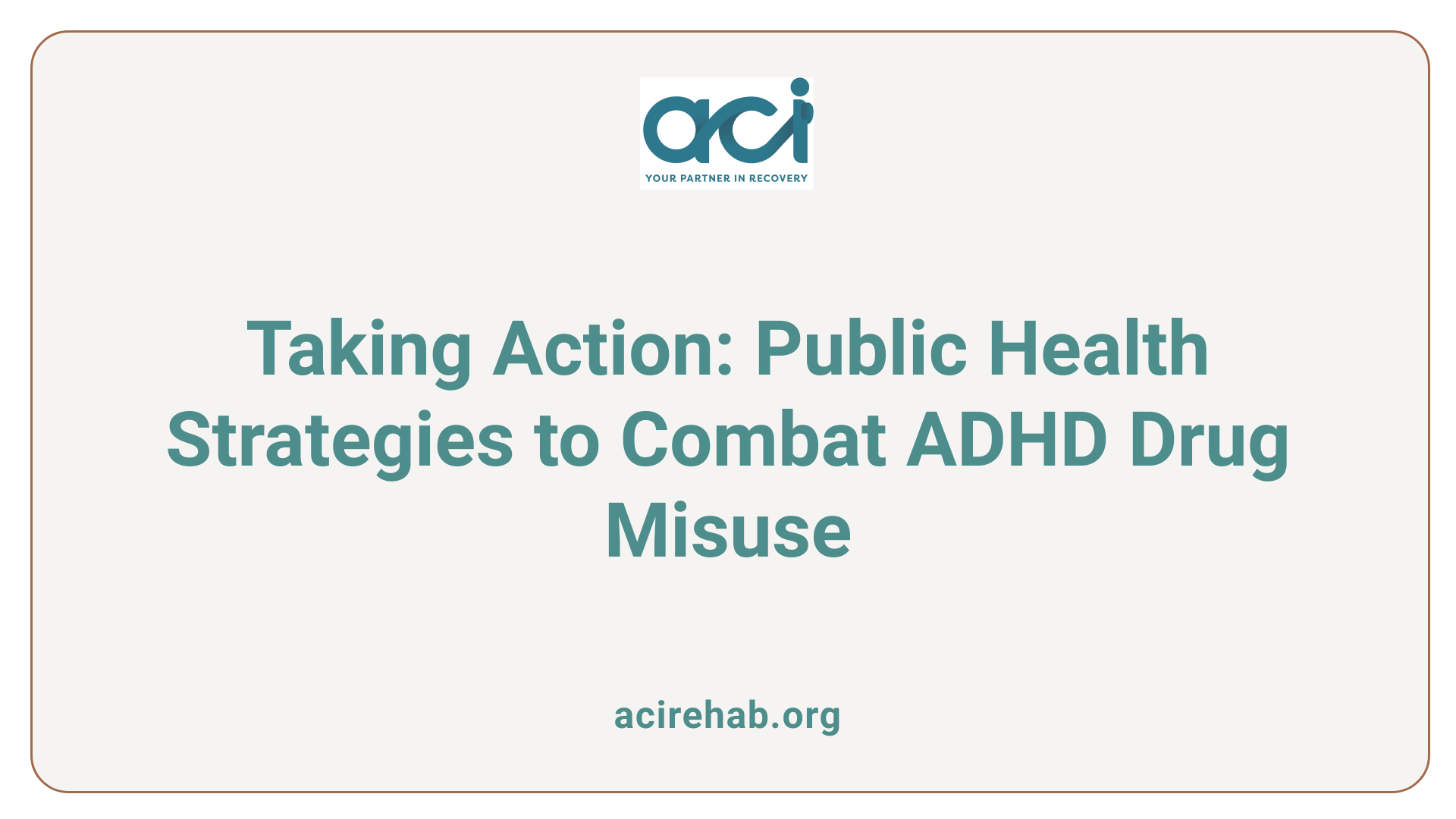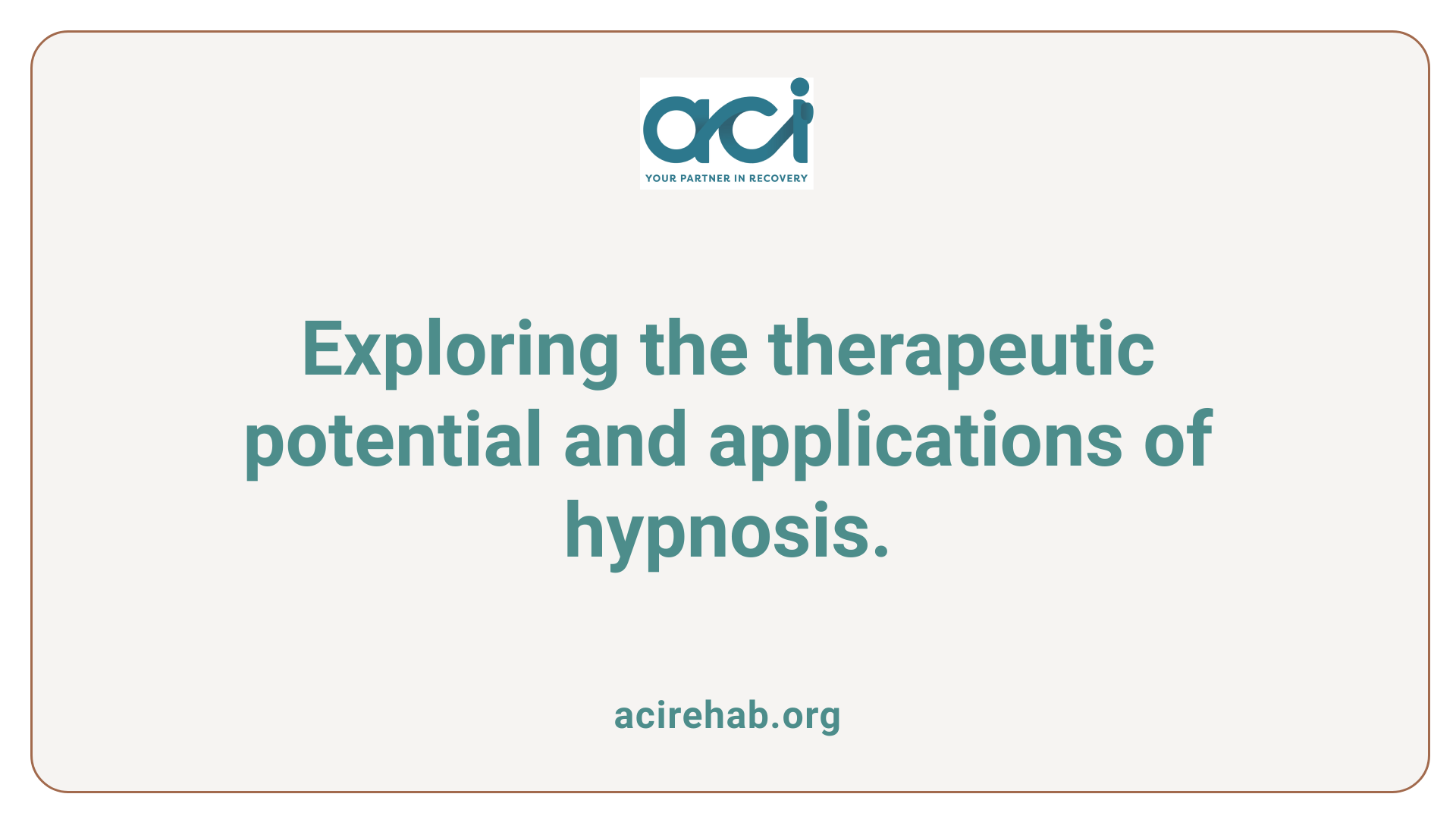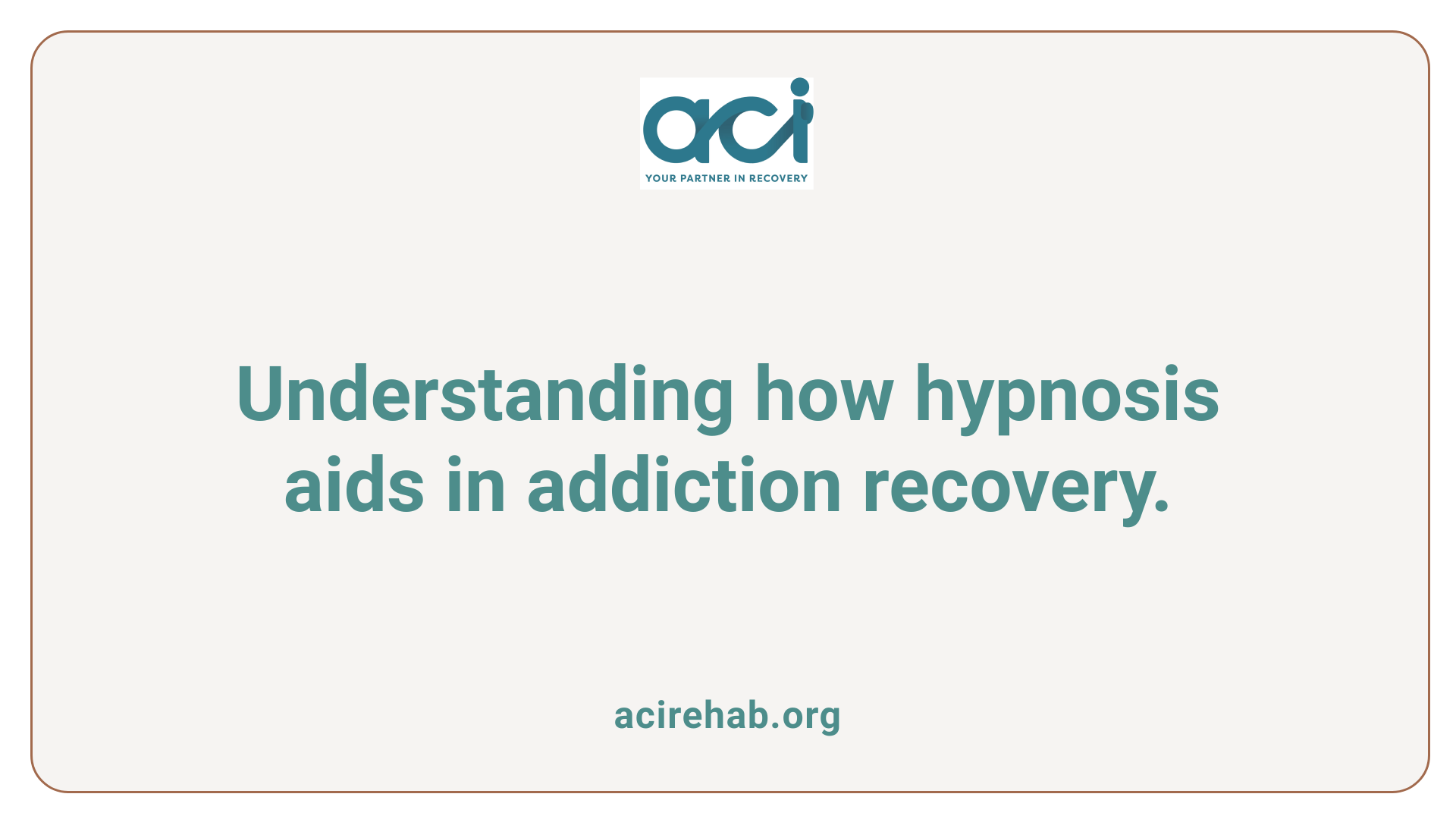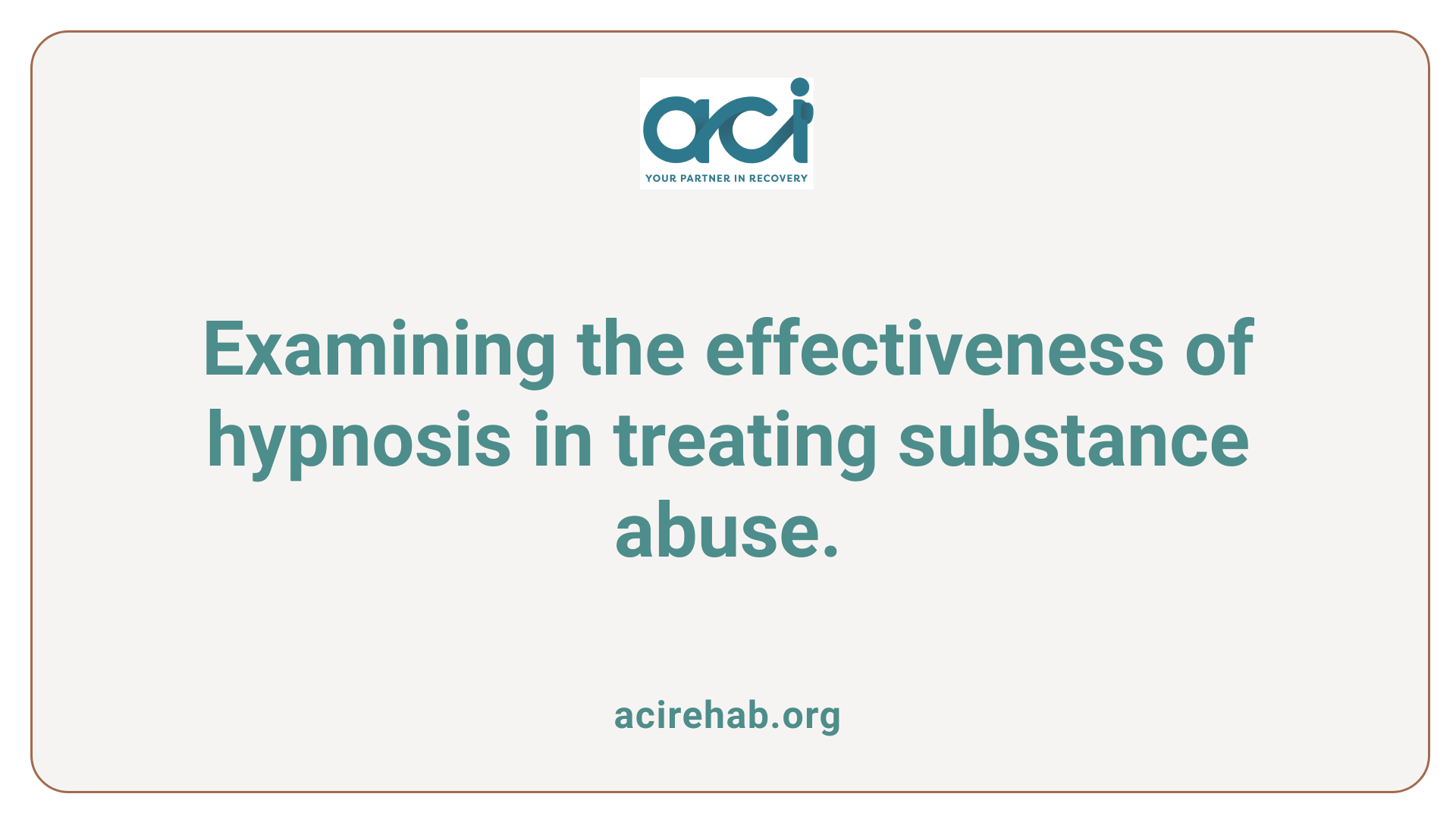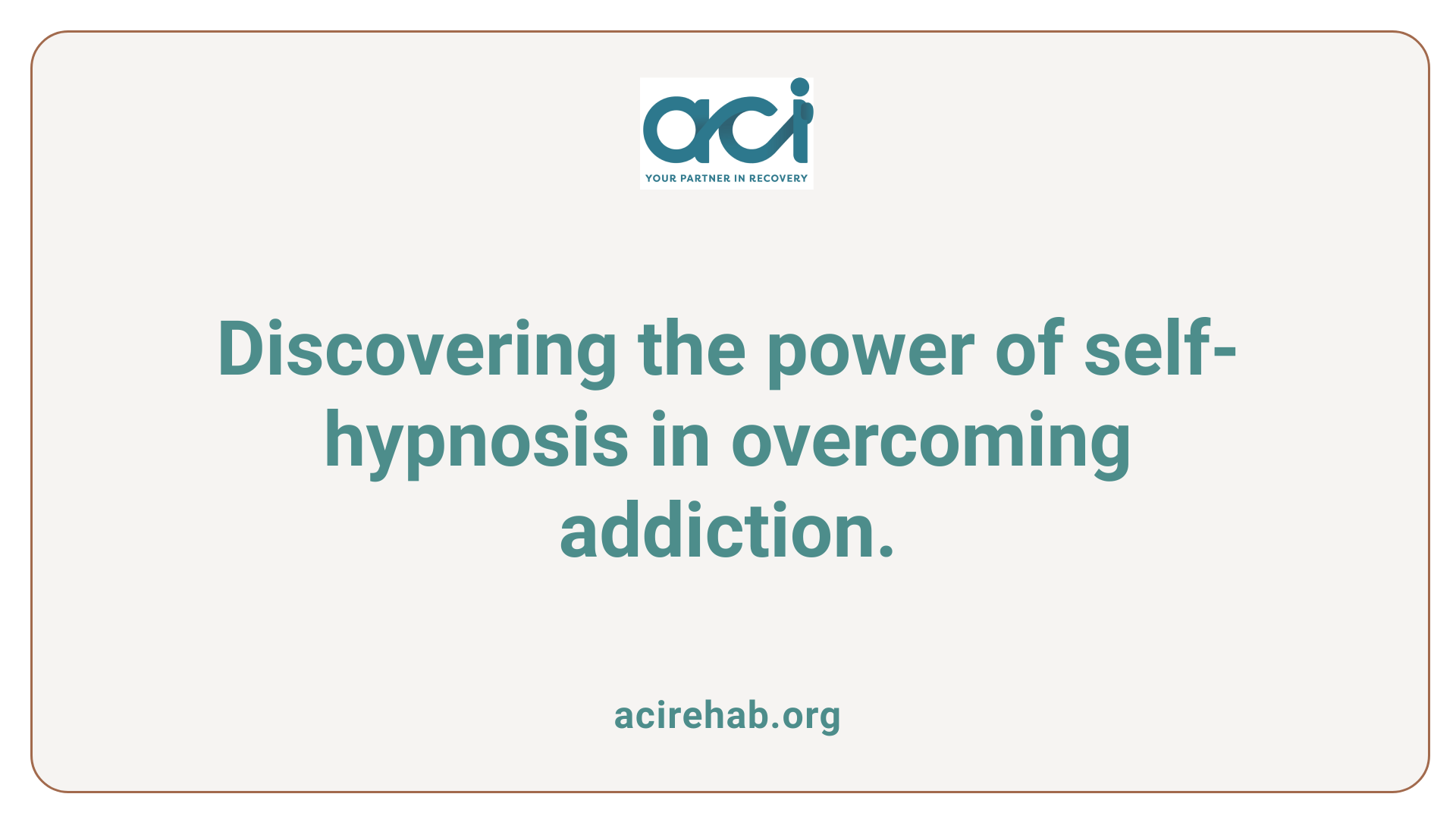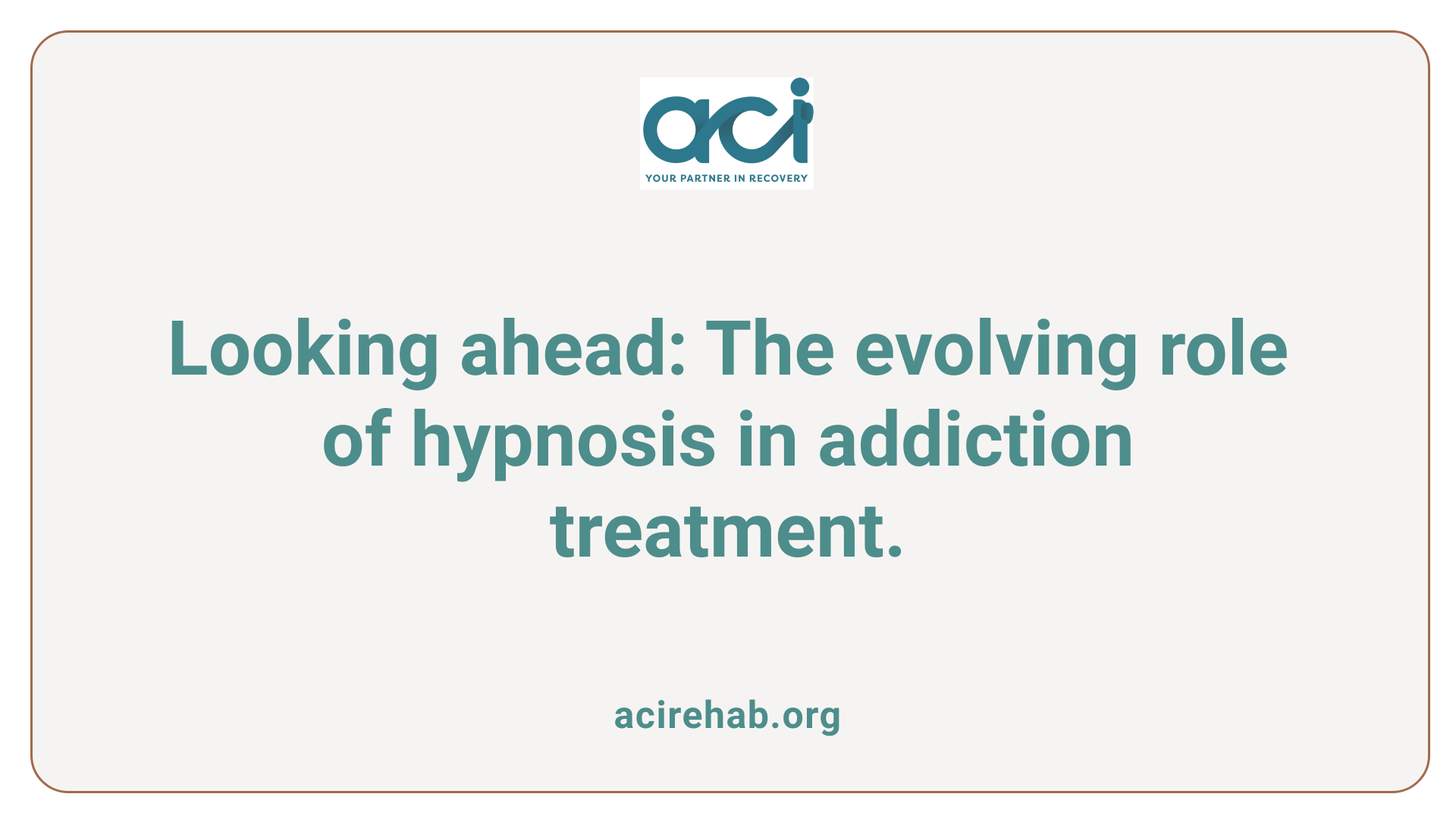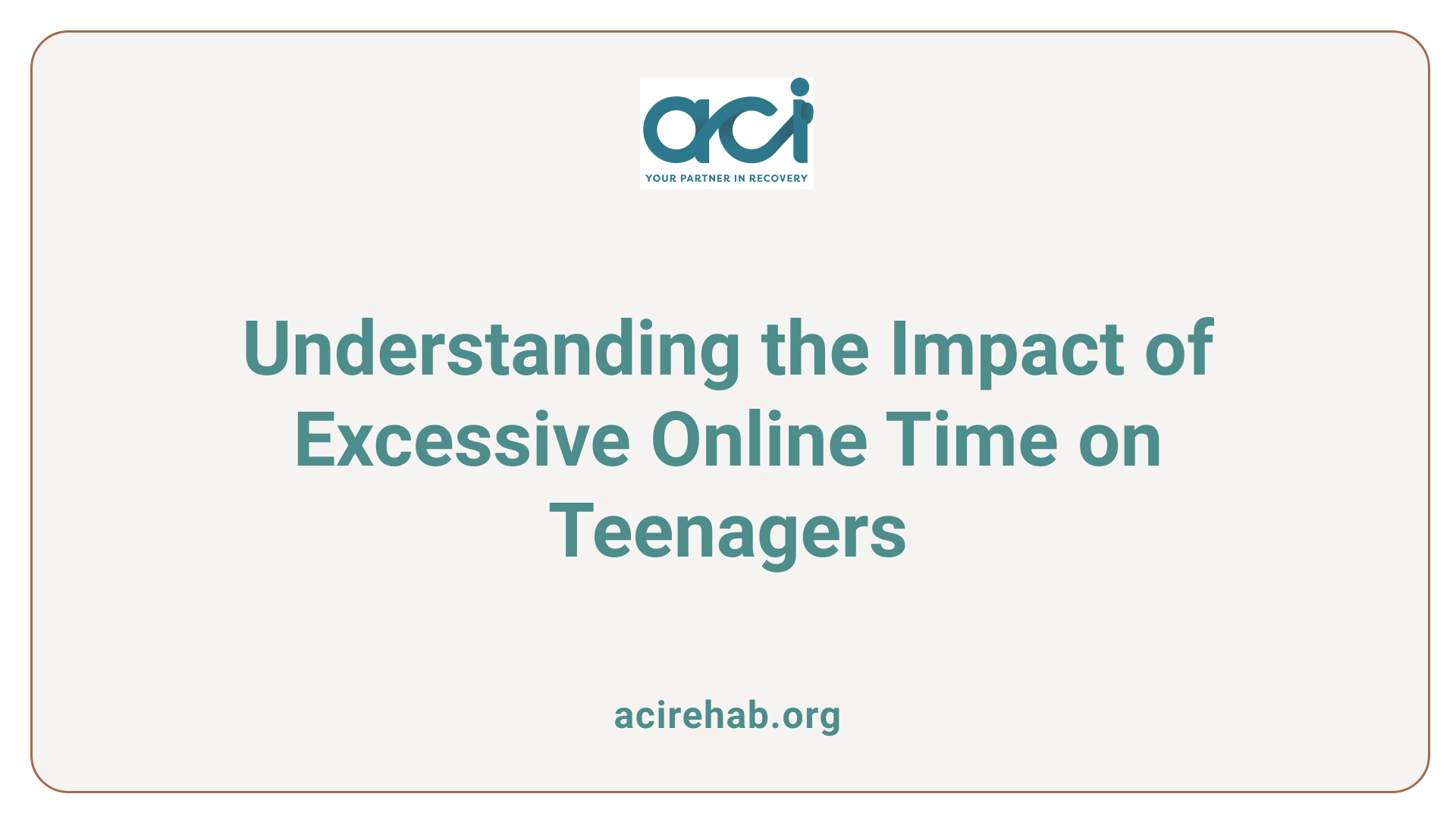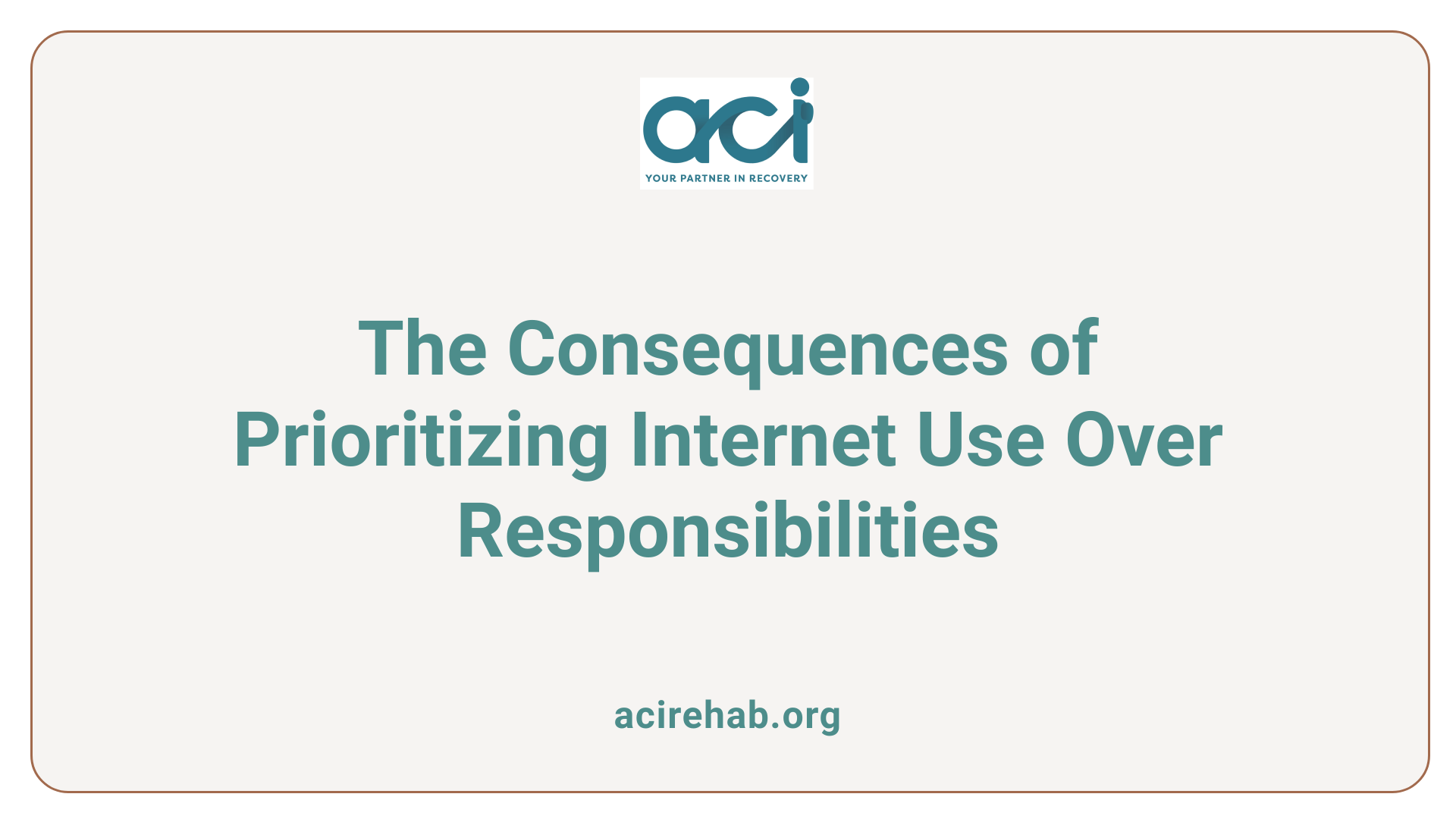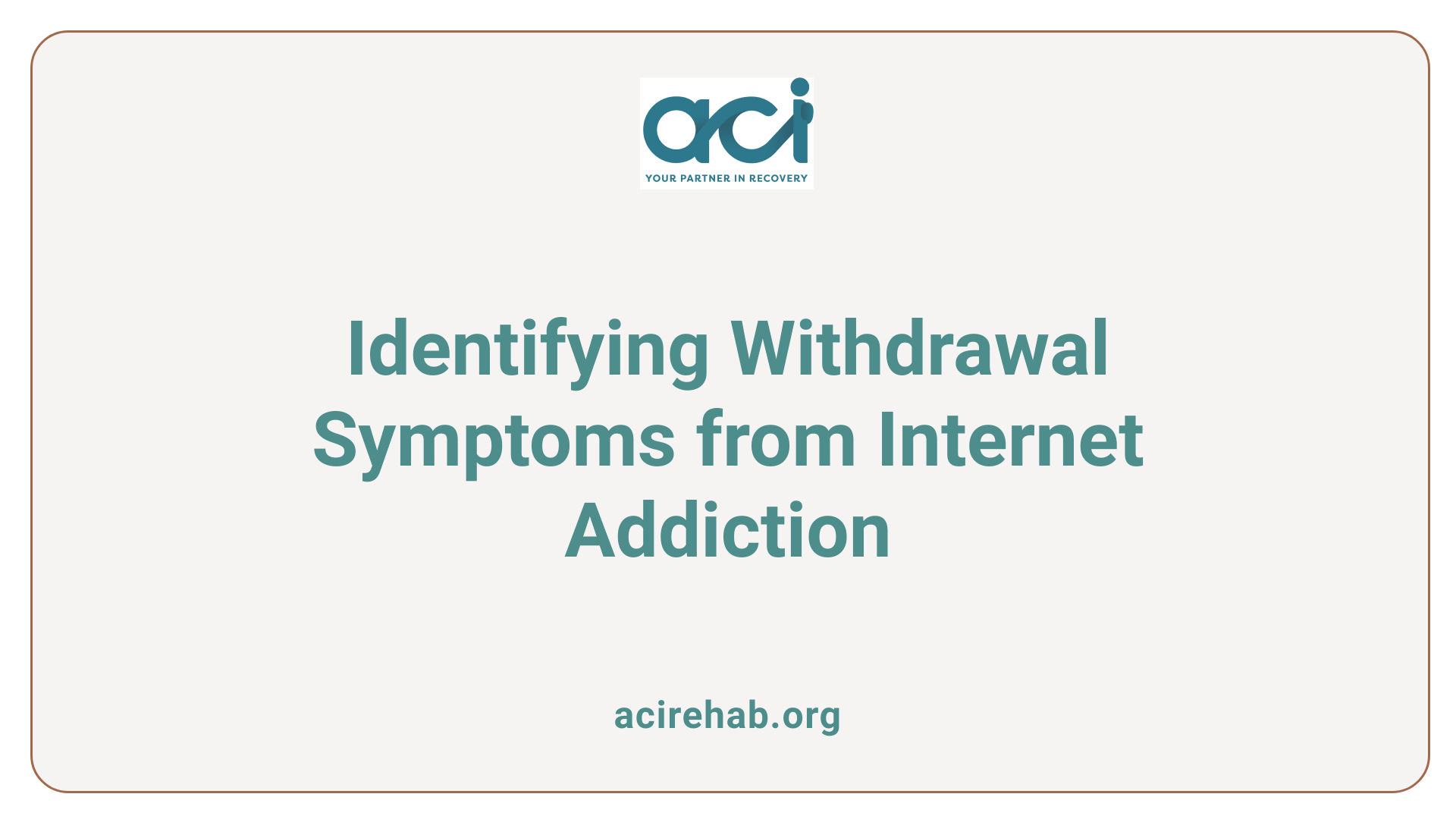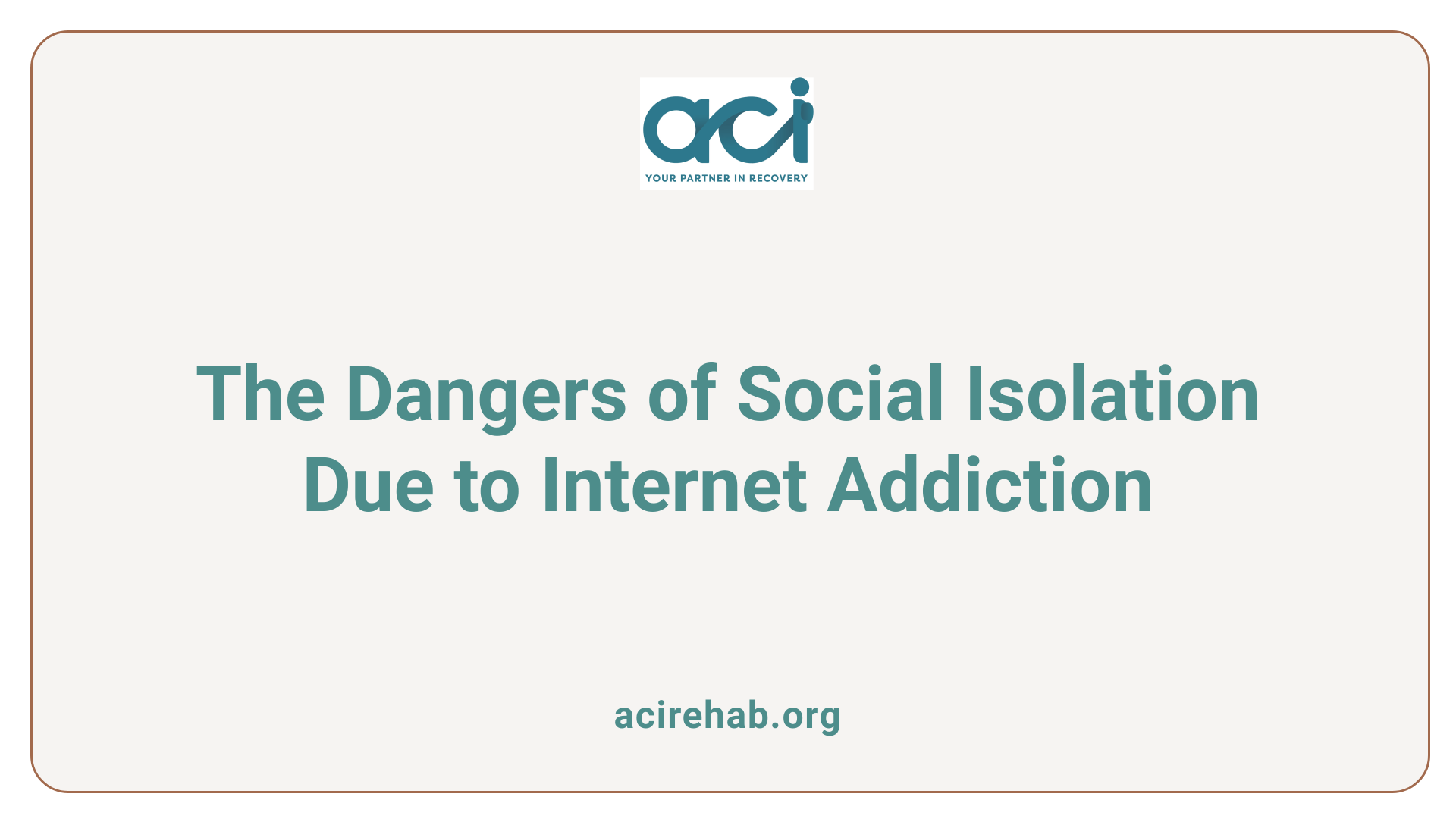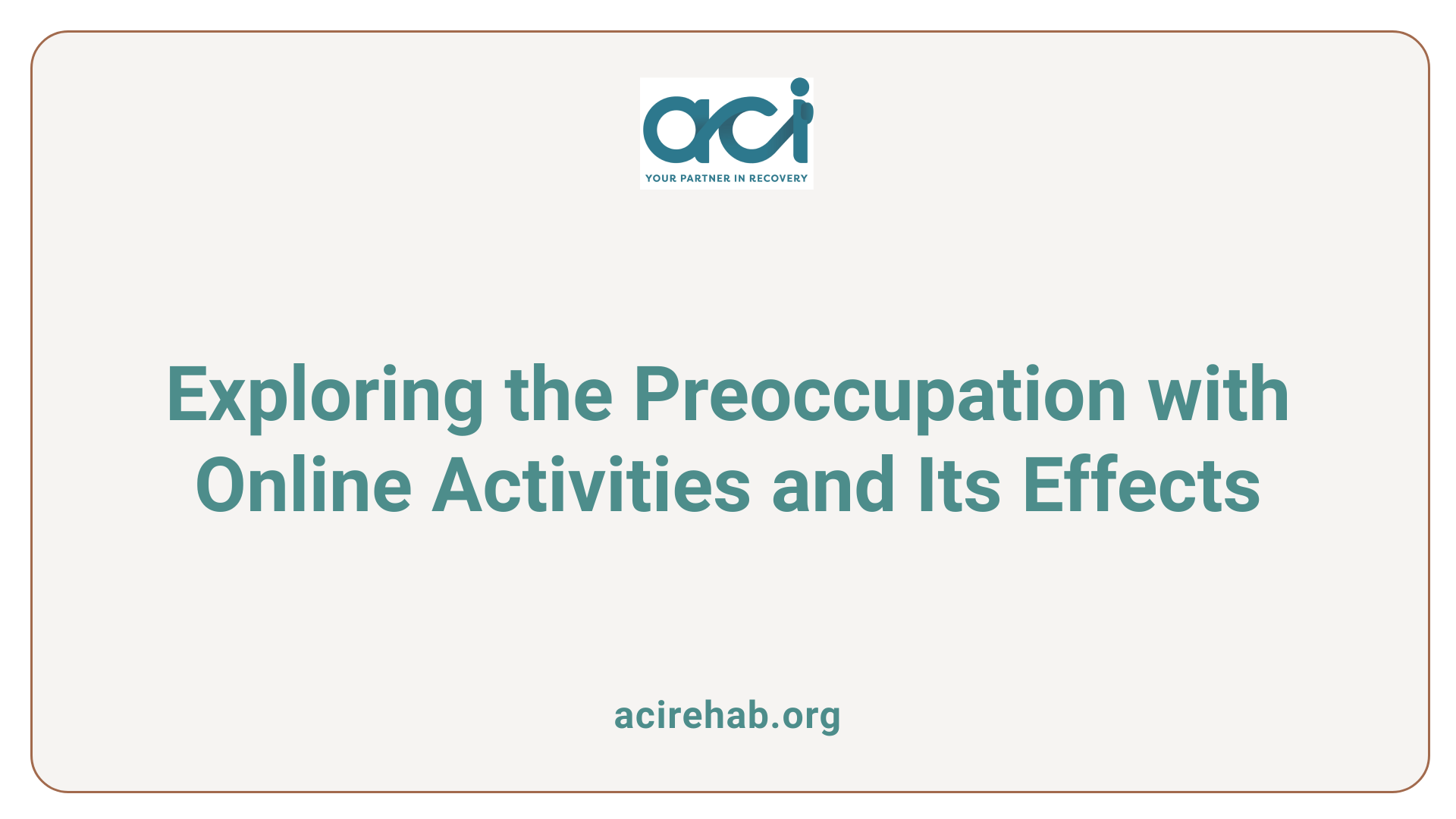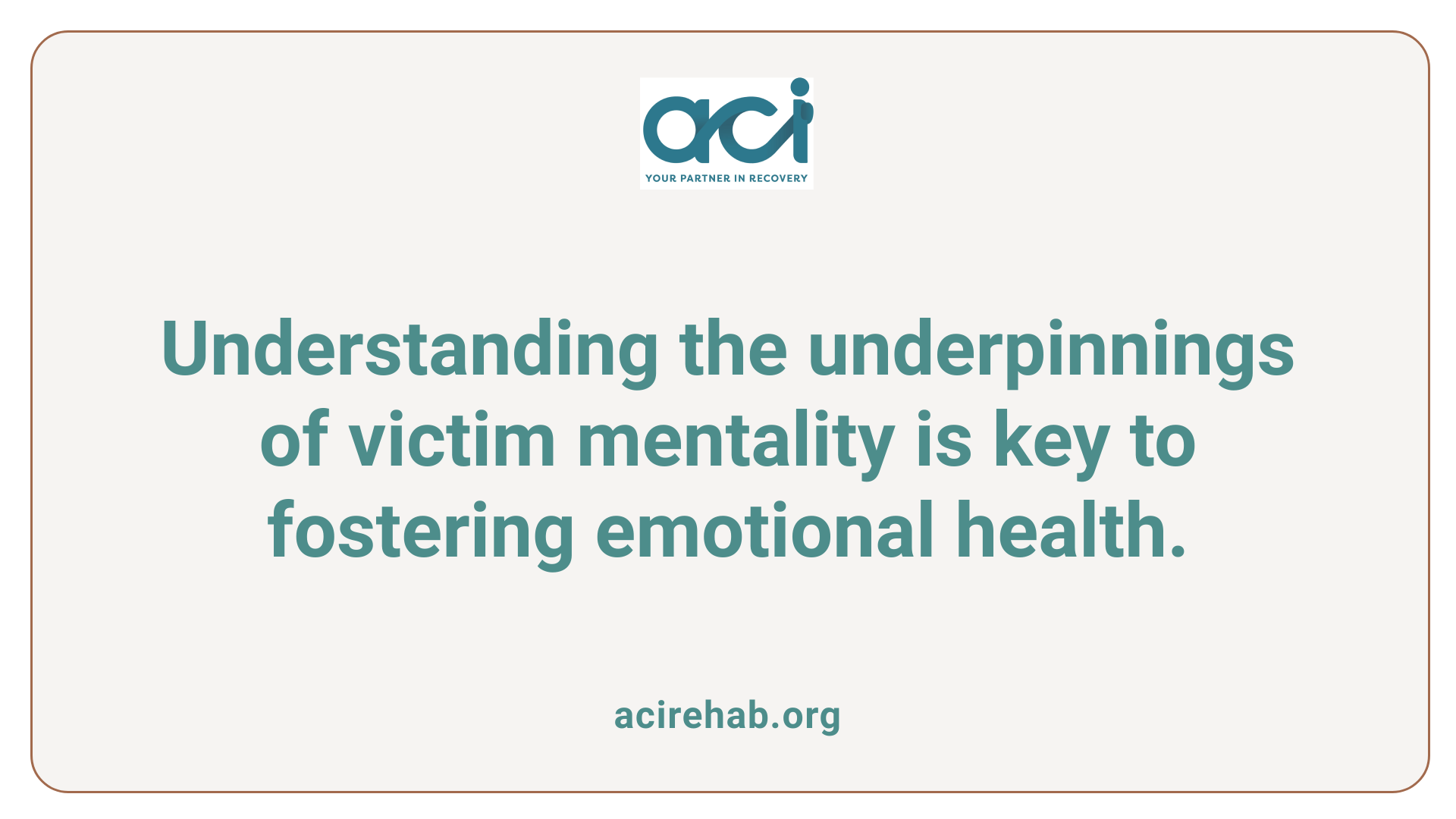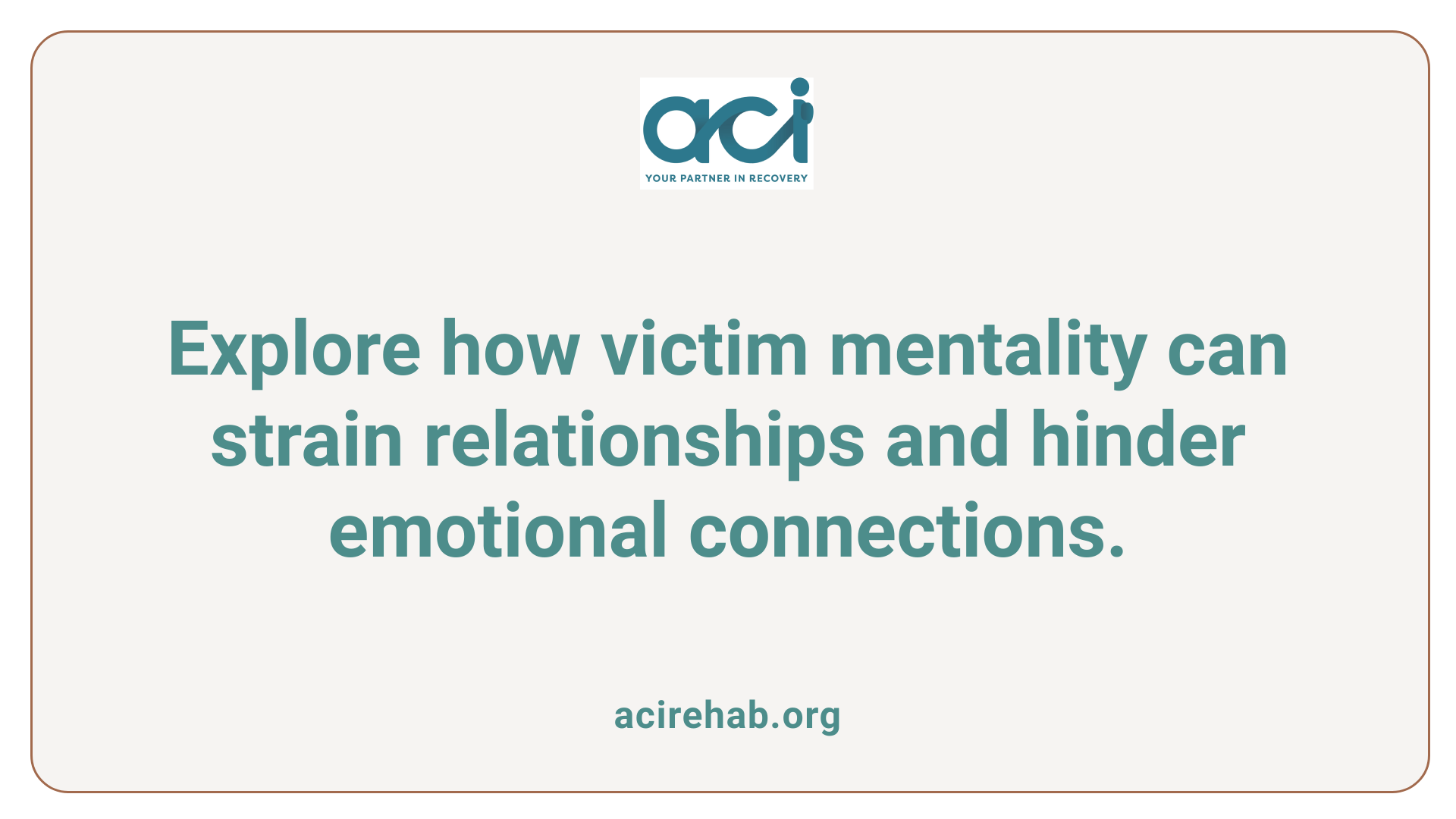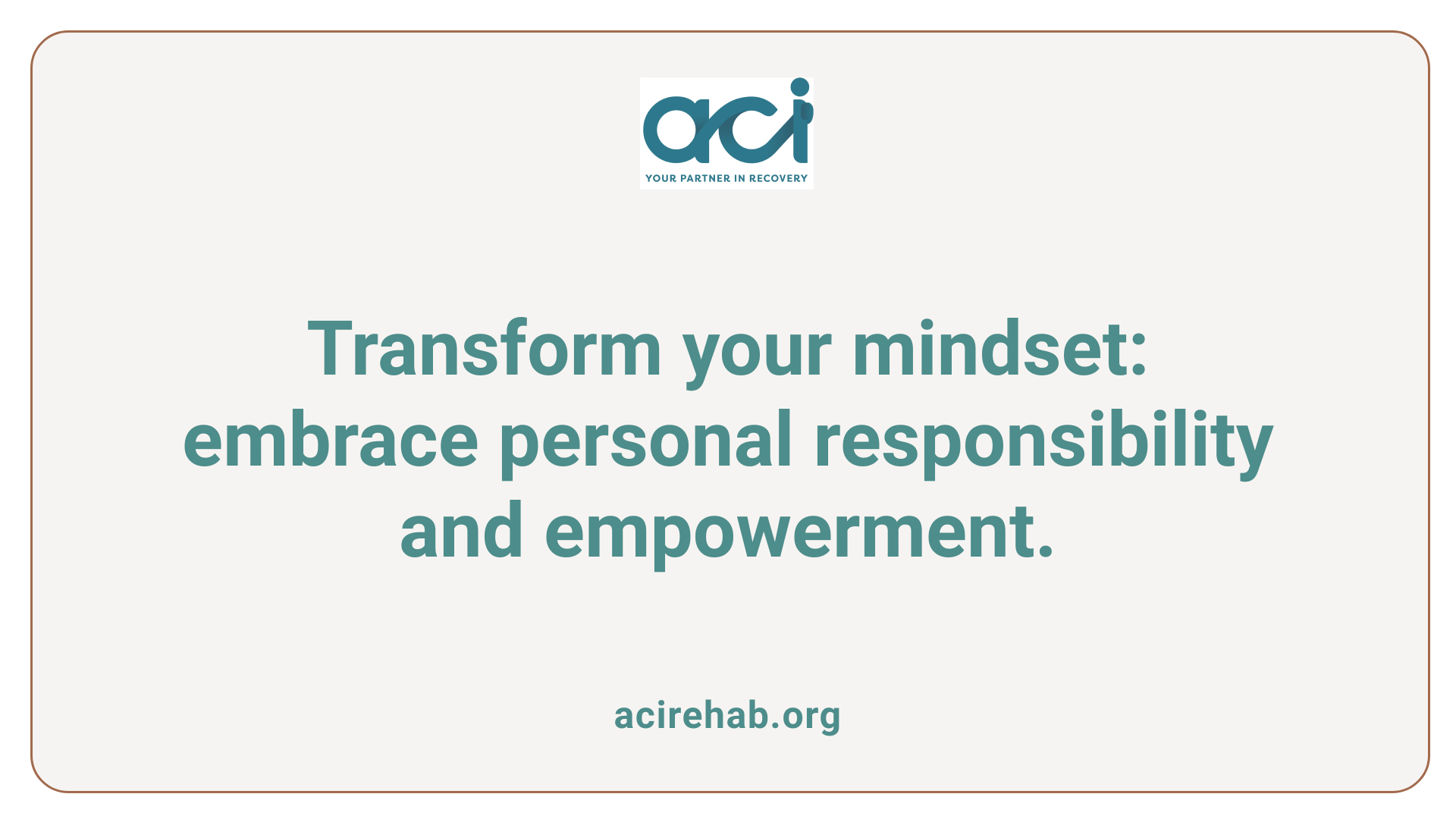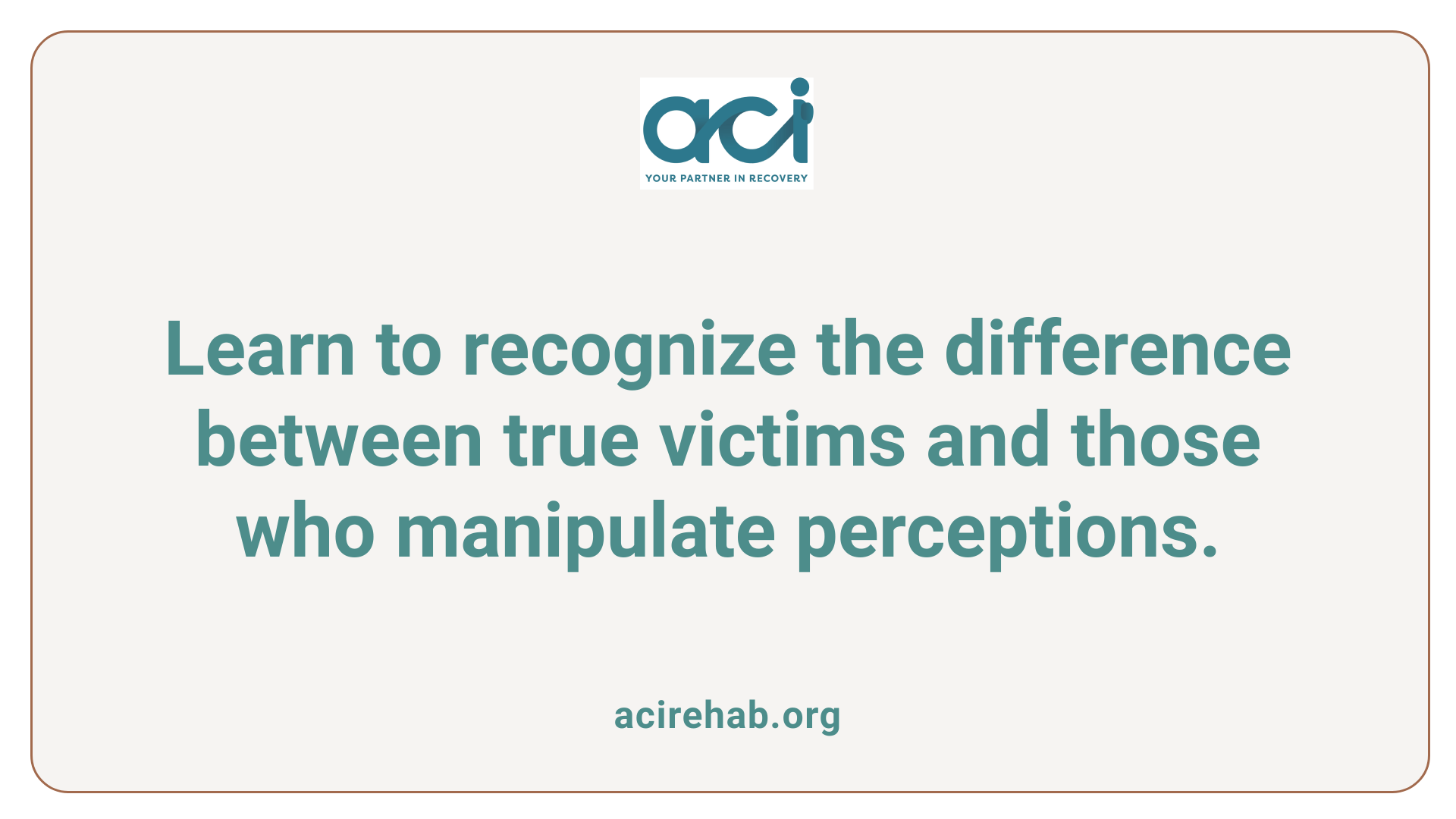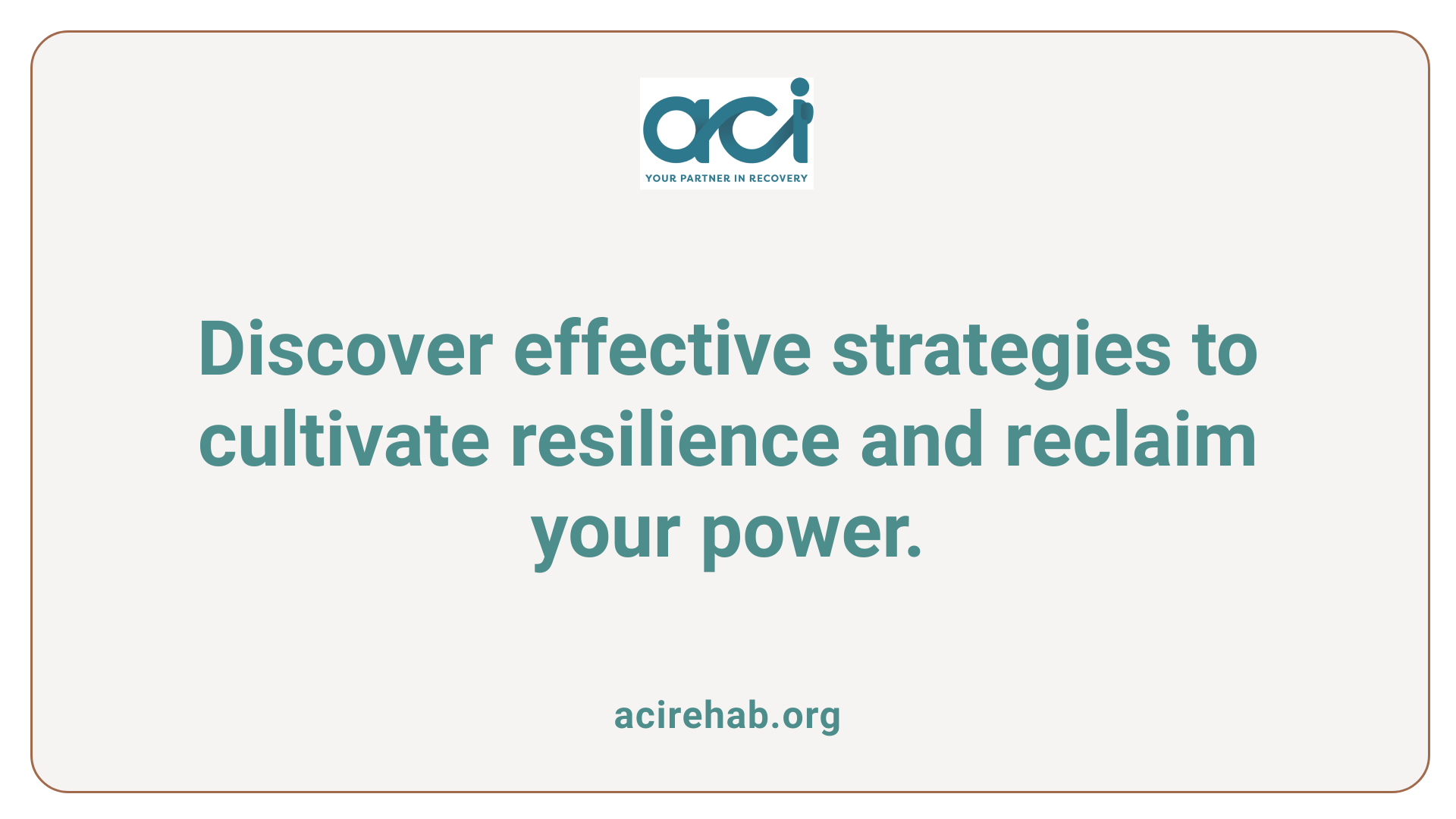Introduction to Suboxone and Its Effects
Suboxone is a medication primarily used to aid in the recovery process for individuals struggling with opioid use disorder. It combines two active ingredients: buprenorphine, which helps reduce cravings, and naloxone, intended to deter misuse. While Suboxone is effective for many patients, some experience feelings of sickness. In this article, we will explore why Suboxone can cause such effects, focusing on nausea and related side effects.
How Suboxone Works in the Body
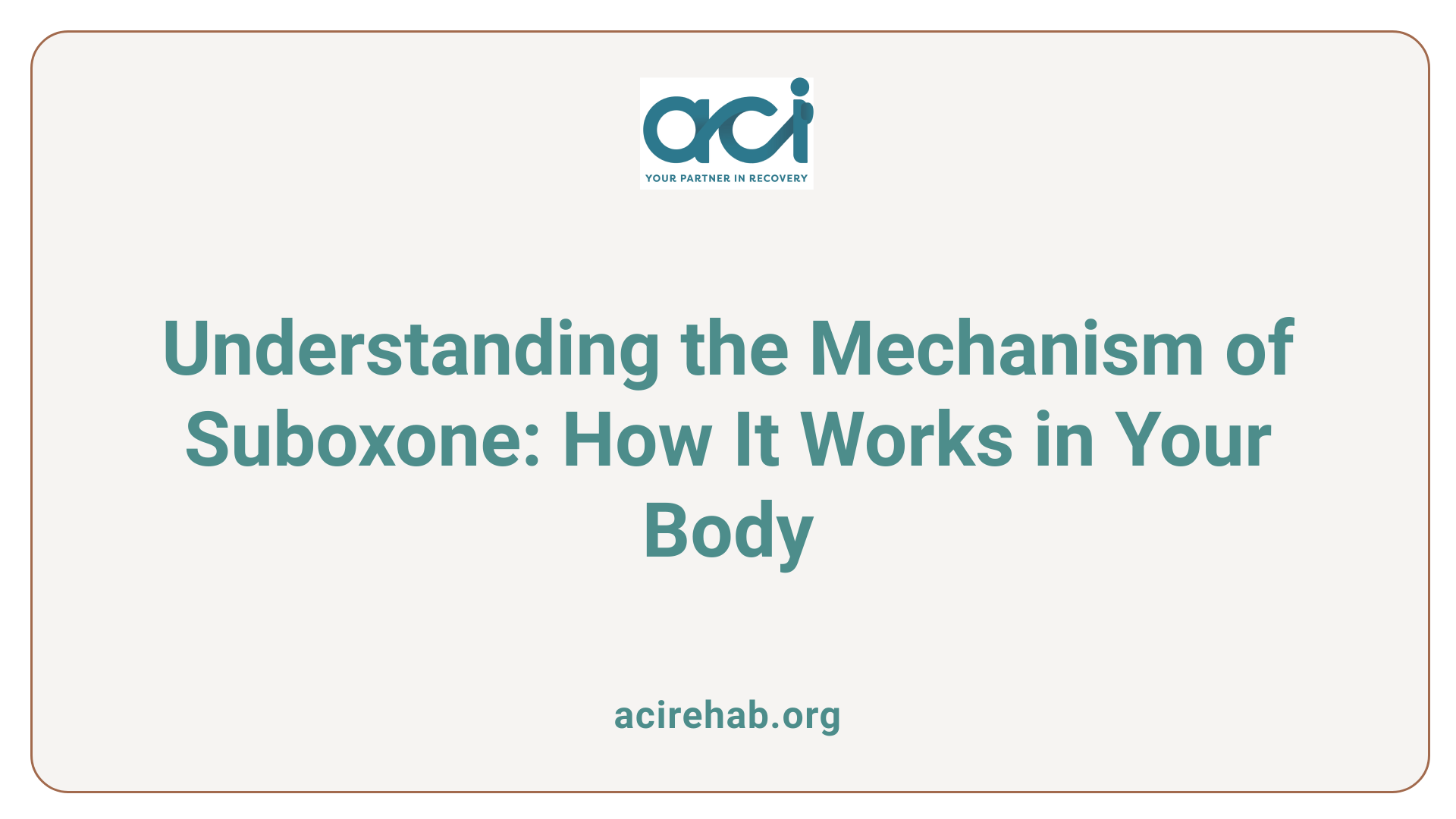
Mechanism of Suboxone
Suboxone effectively manages opioid dependence by utilizing a unique mechanism involving its two active ingredients: buprenorphine and naloxone.
Buprenorphine acts as a partial agonist at the mu-opioid receptor, which means it activates the receptor but to a much lesser extent compared to full agonists like morphine. This partial activation helps to alleviate withdrawal symptoms and cravings without producing the same intense euphoria, making it safer for those recovering from opioid addiction.
On the other hand, naloxone is an opioid antagonist. Its primary role is to counteract the effects of opioids, thereby deterring misuse. If Suboxone is misused, such as being injected, naloxone can precipitate withdrawal symptoms, discouraging abuse of the medication.
Role of Buprenorphine and Naloxone
Together, buprenorphine and naloxone create a balanced approach to treatment. Buprenorphine helps stabilize the patient during recovery, while naloxone adds a layer of safety.
In terms of dosing, the ceiling effect of buprenorphine is significant.
What is the ceiling effect of Suboxone?
The ceiling effect of Suboxone means that its effects on euphoria and pain relief plateau at higher doses. This reduces the risk of overdose compared to full-opioid agonists. If the dose is increased beyond a certain point, the positive effects do not intensify, minimizing potential harm. Misusing Suboxone or combining it with other central nervous system depressants can counteract these safety features and lead to serious consequences, including overdose.
In summary, Suboxone’s formulation assists in reducing cravings and withdrawal symptoms while providing a factor of safety against misuse, making it a preferred choice for treating opioid use disorder.
Common Side Effects of Suboxone
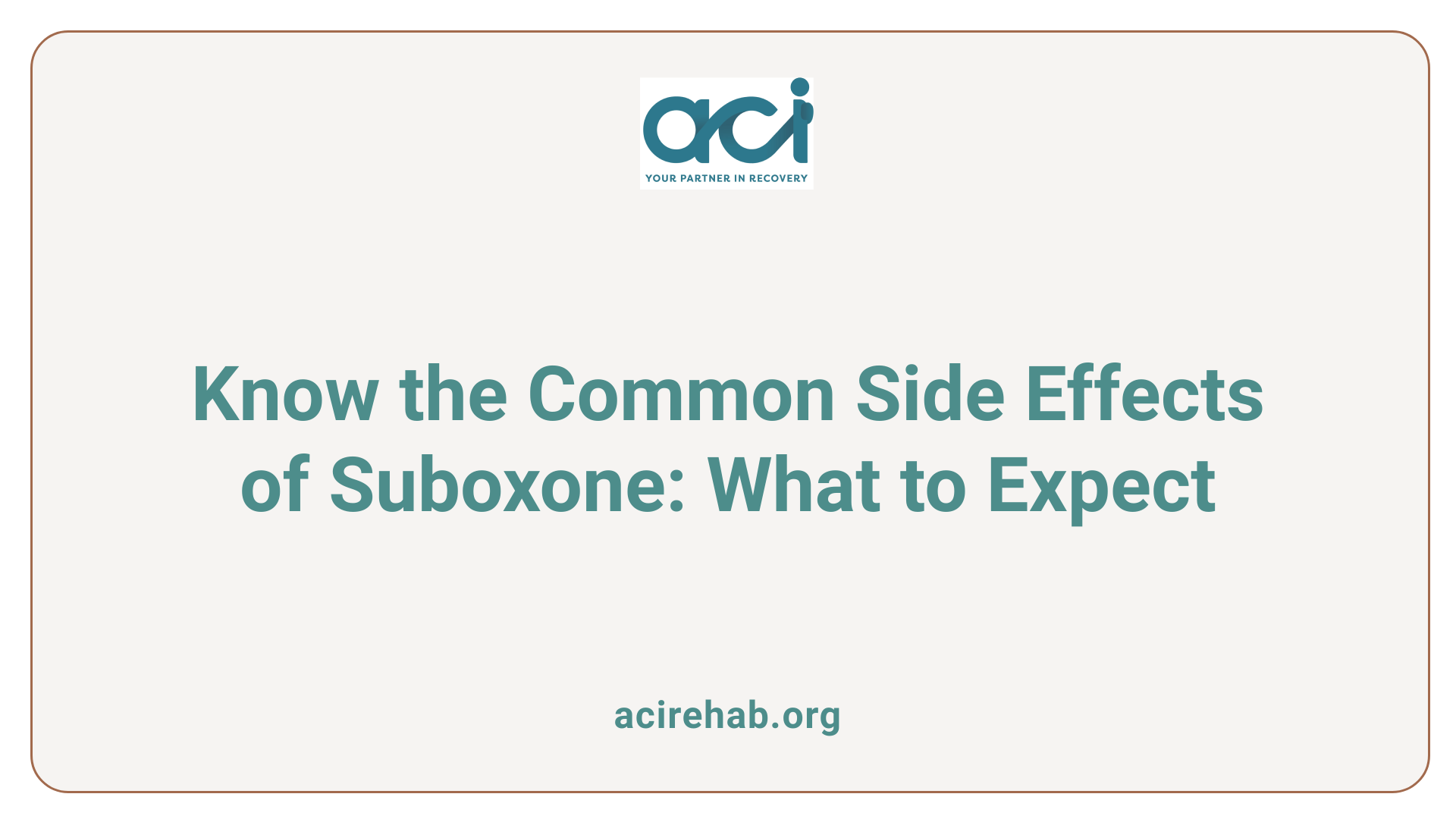
What are the most common side effects of Suboxone?
Suboxone, which combines buprenorphine and naloxone, is primarily used to manage opioid addiction. While it is effective, many patients may experience some side effects during the treatment. The most common side effects include:
- Nausea – Experienced by around 10-25% of users, often mild and improves over time.
- Vomiting – Reported in 5-15% of patients.
- Constipation – Commonly due to buprenorphine’s opioid-like effects on the gastrointestinal tract.
- Headaches – Can be linked to naloxone, causing discomfort in some individuals.
- Insomnia – Sleep disturbances may occur, affecting overall well-being.
- Sweating – Excessive sweating can be indicative of the body adjusting to the medication.
These side effects are generally mild and often decrease as the body adapts to Suboxone. However, persistent symptoms should be addressed with a healthcare provider.
What are the long-term effects of Suboxone?
Long-term use of Suboxone can lead to more serious side effects. These include:
- Physical Dependence – Users may experience withdrawal symptoms, such as nausea and muscle aches, upon stopping suddenly.
- Psychological Dependence – Continued use may foster a reliance on the medication.
- Severe Reactions – Rarely, patients may face severe allergic responses, respiratory depression, or liver damage.
Monitoring by healthcare professionals is crucial to mitigate these risks and provide appropriate care throughout treatment.
Understanding Nausea and Sickness with Suboxone
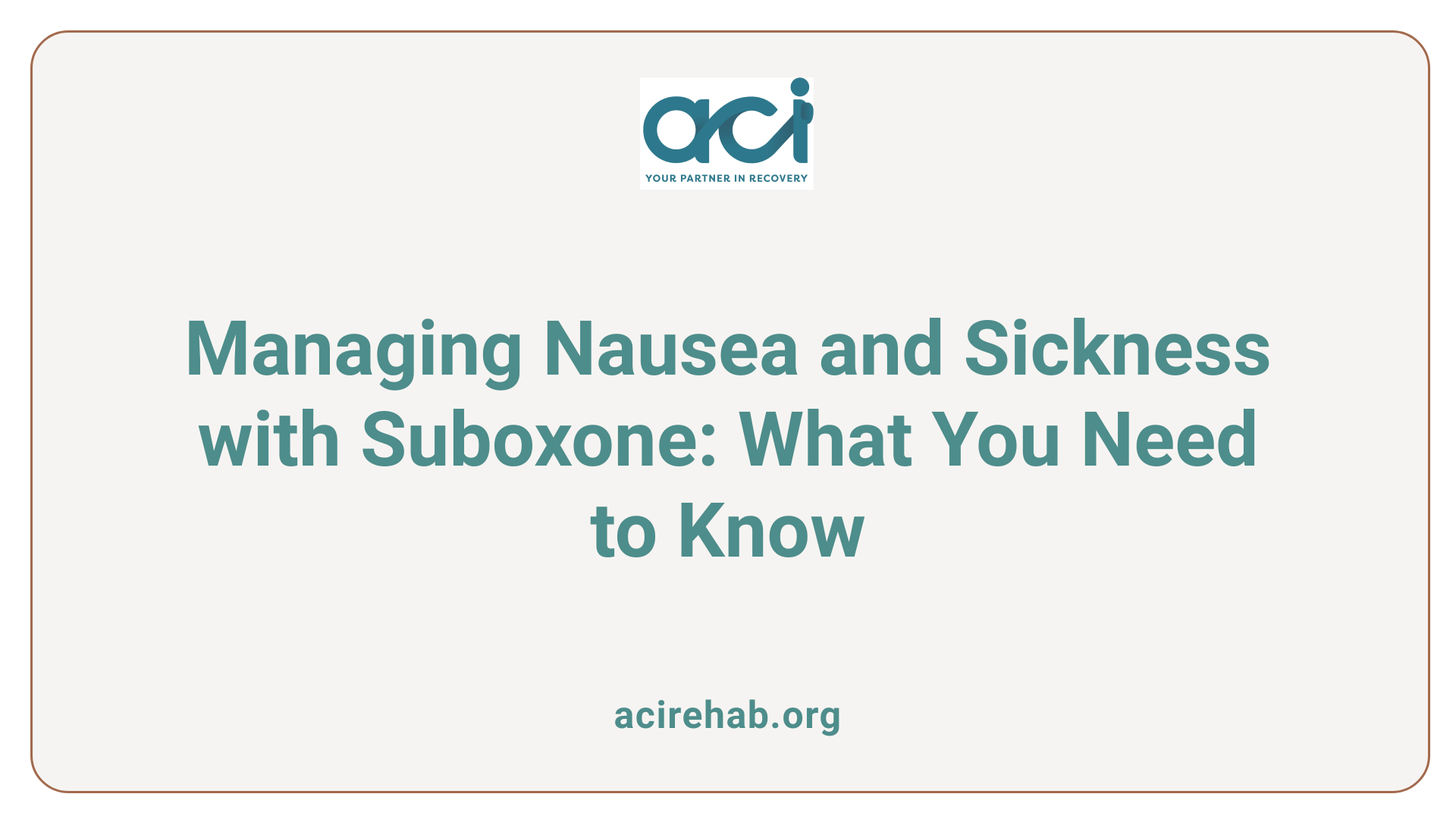
Causes of Nausea
Nausea is a common side effect for many individuals starting Suboxone treatment. This may occur due to several factors:
- Body Adjustment: During the first few days or weeks on Suboxone, the body is adjusting to the medication, often leading to nausea. This effect usually improves with continued use.
- Impact of Buprenorphine: The buprenorphine component can cause nausea, similar to other opioids, especially if taken on an empty stomach or at an inappropriate dosage.
- Precipitated Withdrawal: If taken too soon after using opioids, Suboxone can trigger precipitated withdrawal, resulting in additional symptoms such as vomiting or bodily aches.
Adjustment Phase
The adjustment period is critical and often lasts a few days to weeks. During this time:
- Symptoms like nausea might diminish as your body adapts.
- It’s recommended to eat a small snack before taking the medication and remain hydrated.
- If nausea persists or becomes severe, consulting a healthcare professional is essential.
How long does nausea from Suboxone last?
Nausea from Suboxone is common, particularly in the early stages of treatment. Symptoms usually improve as the body adjusts, but if nausea lasts beyond a few days or intensifies, a doctor may need to adjust the dosage or consider other treatment options.
The Risk of Precipitated Withdrawal
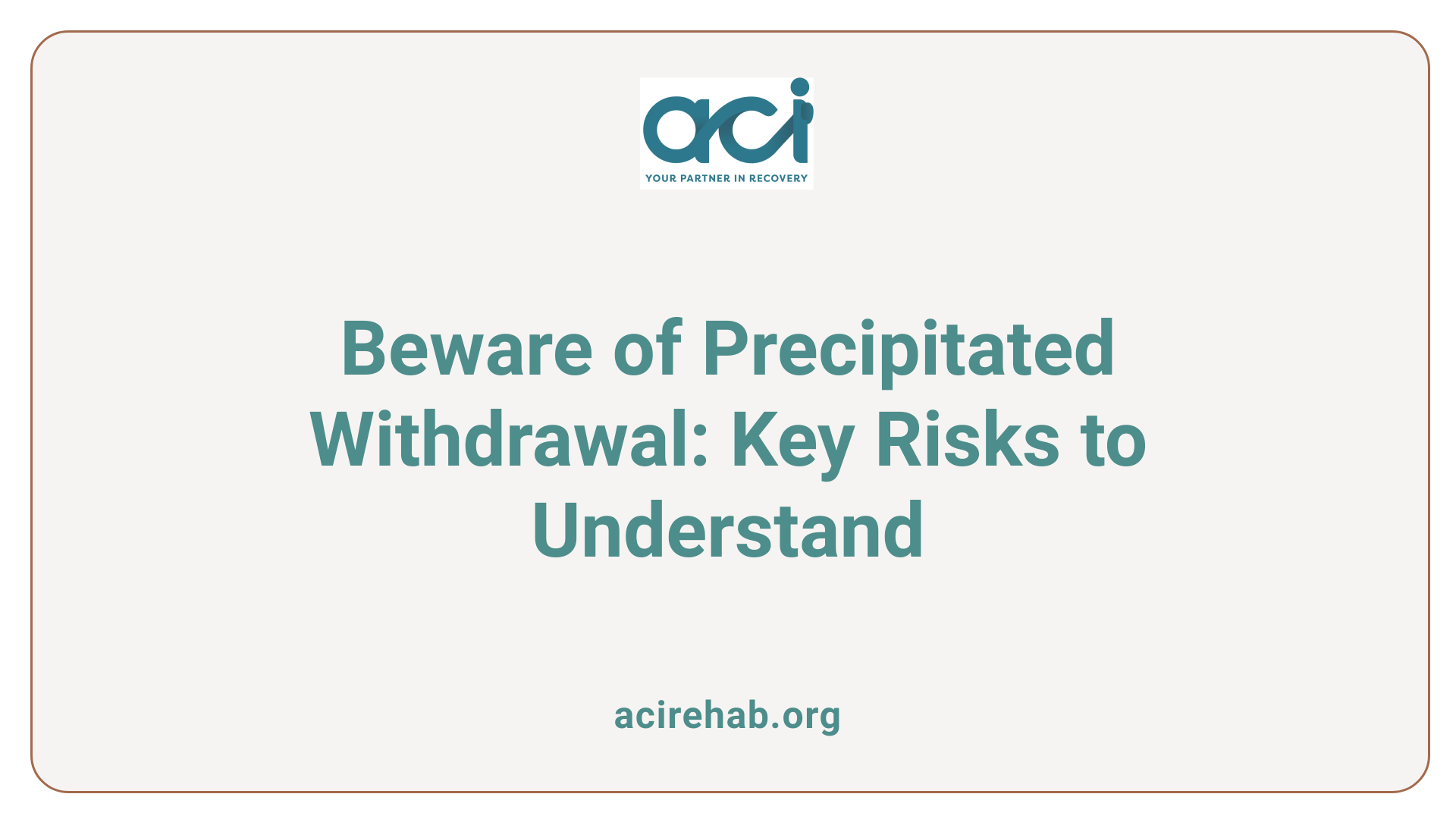
What is precipitated withdrawal?
Precipitated withdrawal occurs when a person takes Suboxone before their body has cleared opioid substances, leading to withdrawal symptoms that can be severe and uncomfortable. This phenomenon is particularly associated with Suboxone’s active ingredient, buprenorphine, which can displace other opioids from receptors in the brain, causing immediate withdrawal instead of relief.
Impact on feeling sick
As a result, individuals may experience nausea, vomiting, diarrhea, and body aches, with these symptoms closely resembling flu-like reactions. The risk of precipitated withdrawal is particularly high if Suboxone is taken within 12-24 hours after the last opioid use.
Key symptoms of precipitated withdrawal include:
- Nausea and vomiting
- Aching muscles
- Diarrhea
- Sweating
- Anxiety
- Insomnia
These symptoms can lead to a feeling of significant illness and discomfort.
Does Suboxone make you sick when you take opioids?
Taking Suboxone while using other opioids can indeed make you feel sick due to precipitated withdrawal symptoms. Suboxone blocks the effects of opioids and can lead to unpleasant withdrawal reactions such as nausea, vomiting, and severe body aches if taken too soon after opioids. Following medical guidance during the transition to Suboxone is crucial to avoid these adverse effects and ensure a smoother recovery.
Suboxone Overdose and Safety Precautions
Symptoms of overdose
Suboxone, which is a combination of buprenorphine and naloxone, can lead to overdose if taken inappropriately. Symptoms of a Suboxone overdose may include:
- Nausea and vomiting: These are common gastrointestinal reactions and might be early signs of an overdose.
- Severe drowsiness or lethargy: Users might feel an overwhelming sense of fatigue or weakness.
- Slow or depressed breathing: This is a serious symptom requiring immediate medical attention.
- Confusion: An affected individual may seem disoriented or have difficulty concentrating.
- Seizures: In severe cases, seizures may occur, indicating a significant overdose.
- Coma: The most extreme cases can lead to unconsciousness and require emergency care.
Methods to avoid overdose
To minimize the risk of an overdose while taking Suboxone, consider the following precautions:
- Follow the prescribed dosage: Only take the amount that is directed by your healthcare provider.
- Wait the appropriate time after opioid use: Ensure you wait about 12-24 hours after the last use of opioids before starting Suboxone to avoid precipitated withdrawal.
- Do not mix with other substances: Avoid combining Suboxone with other drugs, especially benzodiazepines, as this can amplify effects and increase overdose risk.
- Take under medical supervision: Regular check-ins with a healthcare provider can help adjust dosages safely and monitor side effects.
Can Suboxone make you sick if you don’t need it?
Yes, Suboxone can make you sick if you don’t need it. If taken too soon after using opioids, it can lead to precipitated withdrawal, causing flu-like symptoms such as nausea, vomiting, and abdominal cramps. Even if used appropriately, Suboxone can cause mild side effects like nausea and dizziness. Additionally, taking the incorrect dosage or misusing Suboxone can result in severe nausea and other health risks. Therefore, it’s important to use Suboxone only under medical supervision to avoid these potentially harmful effects.
Understanding Withdrawal Symptoms with Suboxone
What Are the Common Withdrawal Symptoms Associated with Suboxone?
Suboxone, a combination of buprenorphine and naloxone, is designed to mitigate the uncomfortable symptoms of opioid withdrawal. However, users can still experience withdrawal-like symptoms during treatment. Common symptoms include:
- Nausea and vomiting
- Diarrhea
- Muscle aches
- Abdominal cramps
- Headaches
These symptoms can occur particularly if Suboxone is taken too soon after using other opioids, leading to a phenomenon known as precipitated withdrawal.
How Can You Prevent Withdrawal While on Suboxone?
To avoid withdrawal symptoms while using Suboxone, it is essential to follow precise guidelines:
- Timing: Wait at least 12-24 hours after the last use of opioids before starting Suboxone.
- Proper Dosage: Adhering to the prescribed dose is crucial. Overdosing or underdosing can provoke withdrawal or undesirable side effects.
- Dietary Considerations: Taking Suboxone on an empty stomach can lead to nausea. Eating a small snack before ingestion may help alleviate stomach discomfort.
- Regular Consultations: If symptoms arise, consult a healthcare professional for possible dosage adjustments or alternative medications.
Why Is My Suboxone Making Me Sick All of a Sudden?
Suboxone can make you feel sick suddenly due to several reasons, such as precipitated withdrawal, which occurs if it’s taken too soon after using opioids. This can lead to flu-like symptoms, including nausea and vomiting. Additionally, nausea is a common side effect of Suboxone, especially when starting the treatment or adjusting the dosage. To mitigate sickness, it’s advisable to eat a small meal before taking it and ensure you’re not taking it on an empty stomach. If these issues persist or worsen, it’s important to consult your doctor for possible adjustments or alternatives.
Managing Nausea and Vomiting with Suboxone
Dietary changes to reduce nausea
To manage nausea when using Suboxone, dietary modifications can be very effective. Here are a few simple tips:
- Eat Before Dosing: Consuming a bland snack before taking Suboxone can help minimize feelings of queasiness. Options like toast, crackers, or yogurt are gentle on the stomach.
- Stay Hydrated: Proper hydration can help with overall well-being and ease gastrointestinal discomfort. Drink water or non-caffeinated fluids throughout the day.
- Avoid Heavy Meals: Greasy or large meals may exacerbate nausea. Stick to smaller, lighter meals to help your body adjust.
- Monitor Triggers: Keep track of foods that may worsen nausea and try to avoid them.
Medical consultation
If nausea or vomiting persists after making dietary adjustments, it’s essential to consult a healthcare professional. A doctor can assess your symptoms and recommend changes to your dosage if necessary. They may also suggest alternative medications or treatment plans to alleviate these side effects effectively. Regular check-ins can ensure that any serious side effects, such as allergic reactions or liver issues, are monitored and addressed appropriately.
Suboxone can cause nausea and vomiting for several reasons. One common cause is taking the medication too soon after using other opioids, which can lead to precipitated withdrawal symptoms, including nausea. Additionally, when starting Suboxone, the body may need time to adjust, which can lead to gastrointestinal side effects. Incorrect dosages, whether too high or low, can also lead to these symptoms. Taking Suboxone on an empty stomach might exacerbate nausea, making a light meal before taking the medication advisable.
Use and Misuse of Suboxone: Medical Guidance
Importance of Medical Supervision
Suboxone, a combination of buprenorphine and naloxone, is primarily used in treating opioid addiction. Medical supervision is essential during treatment to monitor for side effects such as nausea, vomiting, and constipation, which can occur in patients adjusting to the medication. Regular check-ups allow healthcare providers to tailor dosages appropriately, mitigating risks of withdrawal or adverse reactions.
Moreover, educating patients about potential side effects, including the unpleasant experience of precipitated withdrawal, helps in ensuring safe consumption. Physicians can guide when to start treatment, stressing that Suboxone should only be taken during moderate to severe withdrawal phases. Overdose and misuse risks, particularly when combined with other substances, can be significantly reduced through professional guidance.
What is the 3-day rule for Suboxone?
The 3-day rule for Suboxone permits emergency physicians, who are not specifically waivered to prescribe the medication, to administer it to patients for up to 72 hours while they arrange for a referral to ongoing treatment. Suboxone, which is a combination of buprenorphine and naloxone, helps reduce opioid cravings and withdrawal symptoms, making immediate access crucial. In emergency settings, healthcare providers can give a short-term supply of Suboxone and manage withdrawal symptoms effectively. The regulations around this rule have evolved, and access has been expanded through telehealth services and primary care providers. Patients are encouraged to seek emergency help if they need to refill their prescriptions or can’t access their usual supply.
Risks of Misuse
Improper use of Suboxone can lead to unwanted side effects, including severe nausea and respiratory depression. Mixing it with other drugs can dangerously enhance effects, heightening the risk of overdose. Patients must adhere strictly to prescribed guidelines to avoid these scenarios. This adherence, alongside consistent medical oversight, not only assures effective treatment but also promotes overall well-being during recovery.
Discontinuation and Legal Aspects of Suboxone
How Can Suboxone Make You Feel Sick?
Suboxone, composed of buprenorphine and naloxone, is often effective in managing opioid withdrawal symptoms. However, for some, it can lead to unpleasant side effects. Notably, nausea and vomiting are common, particularly during the early days of treatment or when dosages are adjusted. Traces of opioids in the system can provoke withdrawal symptoms when Suboxone blocks opioid effects, leading to feelings of sickness.
What Are the Side Effects of Suboxone?
While nausea is a primary concern, other symptoms may also manifest:
- Excessive Sweating: Involuntary perspiration can occur.
- Abdominal Pain: Discomfort may arise in the gastrointestinal area.
- Constipation: This is a frequent occurrence due to buprenorphine’s constipating effects.
- Headaches and Dizziness: These may emerge as the body adapts to the medication.
How Can You Alleviate Nausea from Suboxone?
Managing nausea effectively can enhance comfort during treatment. Here are some strategies to try:
- Eat Before Taking Medication: Having a bland snack can help mitigate queasiness.
- Stay Hydrated: Drinking fluids may alleviate feelings of sickness.
- Adjust Dosage: If nausea persists, consult with a healthcare provider to possibly lower or split the dose.
How to Avoid Precipitated Withdrawal?
To minimize the risk of precipitated withdrawal—a condition where symptoms suddenly worsen—waiting 12-24 hours after last opioid use before taking Suboxone is crucial. Symptoms of precipitated withdrawal, including nausea and body aches, may resolve within days if managed appropriately.
Overall, while side effects from Suboxone may cause discomfort, they are often temporary and improve as the body adjusts. If severe symptoms persist, it is essential to communicate with a healthcare provider for adjustments and guidance.
How to Safely Transition to Suboxone Use
Timing for Starting Suboxone
Proper timing is crucial when beginning Suboxone treatment. To avoid precipitated withdrawal, which can cause severe nausea and other flu-like symptoms, patients should wait about 12-24 hours after their last opioid use before starting Suboxone. Taking it too early can exacerbate withdrawal symptoms instead of alleviating them.
Tips for Reducing Initial Side Effects
When adjusting to Suboxone, some individuals may experience side effects like nausea and vomiting, particularly within the first few days. Here are some helpful tips:
- Eat a Small Snack: Consuming a bland snack before taking Suboxone can help minimize nausea.
- Stay Hydrated: Drinking fluids is essential to stay hydrated and can alleviate digestive symptoms.
- Adjust Dosage: If side effects persist, consult your healthcare provider about adjusting the dosage.
- Take as Directed: Ensure that the medication is placed correctly under the tongue or in the cheek to maximize its effectiveness.
Most side effects from Suboxone, including nausea, tend to diminish as the body adjusts to the medication, but monitoring health and consulting a healthcare professional for persistent symptoms is advised.
Long-term Management and Monitoring on Suboxone
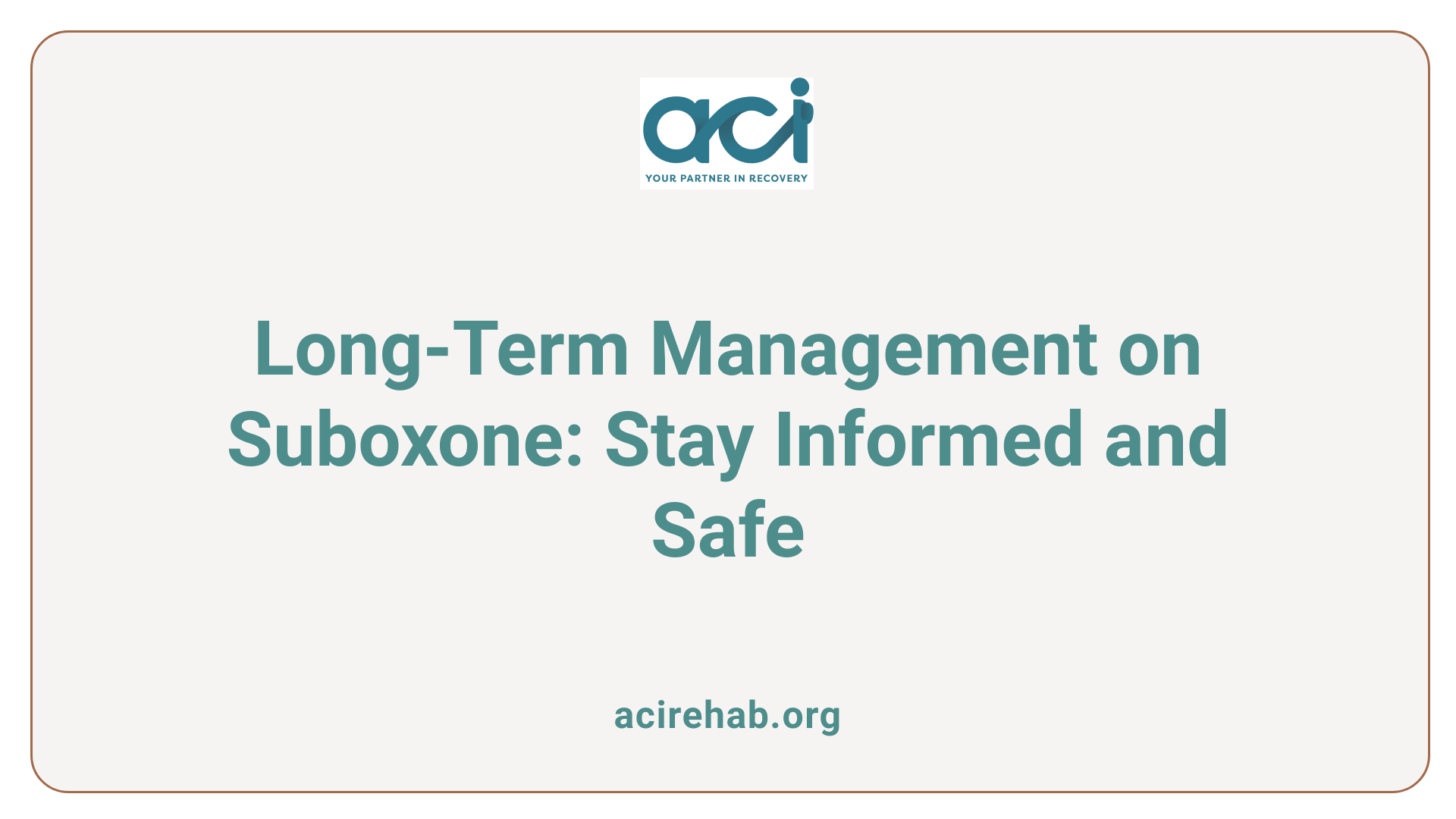
Monitoring health while on Suboxone
When on Suboxone (buprenorphine/naloxone), it is crucial to have regular check-ins with a healthcare provider. During these consultations, patients should discuss any side effects such as nausea, vomiting, or headaches which are common in the initial stages of treatment. Monitoring for signs of withdrawal symptoms or adverse reactions, like respiratory issues or severe allergic reactions, is essential for effective long-term management.
Preventing side effects long-term
To minimize side effects like nausea and constipation when using Suboxone, adherence to a well-balanced diet and maintaining proper hydration are recommended.
- Eating Before Dosing: Having a small snack prior to taking the medication can alleviate nausea.
- Regular Check-ups: Frequent consultations with a healthcare provider help adjust dosages as needed to prevent withdrawal symptoms.
- Lifestyle Adjustments: Incorporating fiber supplements or over-the-counter remedies for constipation can also help manage gastrointestinal discomfort.
Adapting these strategies will better equip you to handle the transition into recovery, making your experience with Suboxone as smooth as possible.
Final Thoughts on Suboxone and Its Impact
While Suboxone is a vital component of treatment for opioid use disorder, it can cause temporary discomfort, such as nausea, especially during the initial stages of use. Understanding its side effects, managing them effectively, and staying informed through medical guidance are crucial for safe and successful treatment. If severe or persistent side effects arise, consulting with healthcare providers is essential. Through proper use and monitoring, Suboxone can foster recovery by significantly reducing withdrawal symptoms and preventing misuse.
References
- Why Do I Feel Sick After Taking Suboxone?
- Can Suboxone Make Me Sick? | Bicycle Health
- The 10 Most Common Suboxone Side Effects (Get Relief)
- Suboxone & Gastrointestinal Health | Stomach Pain, Nausea …
- Can Suboxone Make You Sick? – Conifer Park
- Suboxone: Side effects, dosage, use for dependence, and more
- Suboxone Side Effects: What They Are, How to Manage Them



